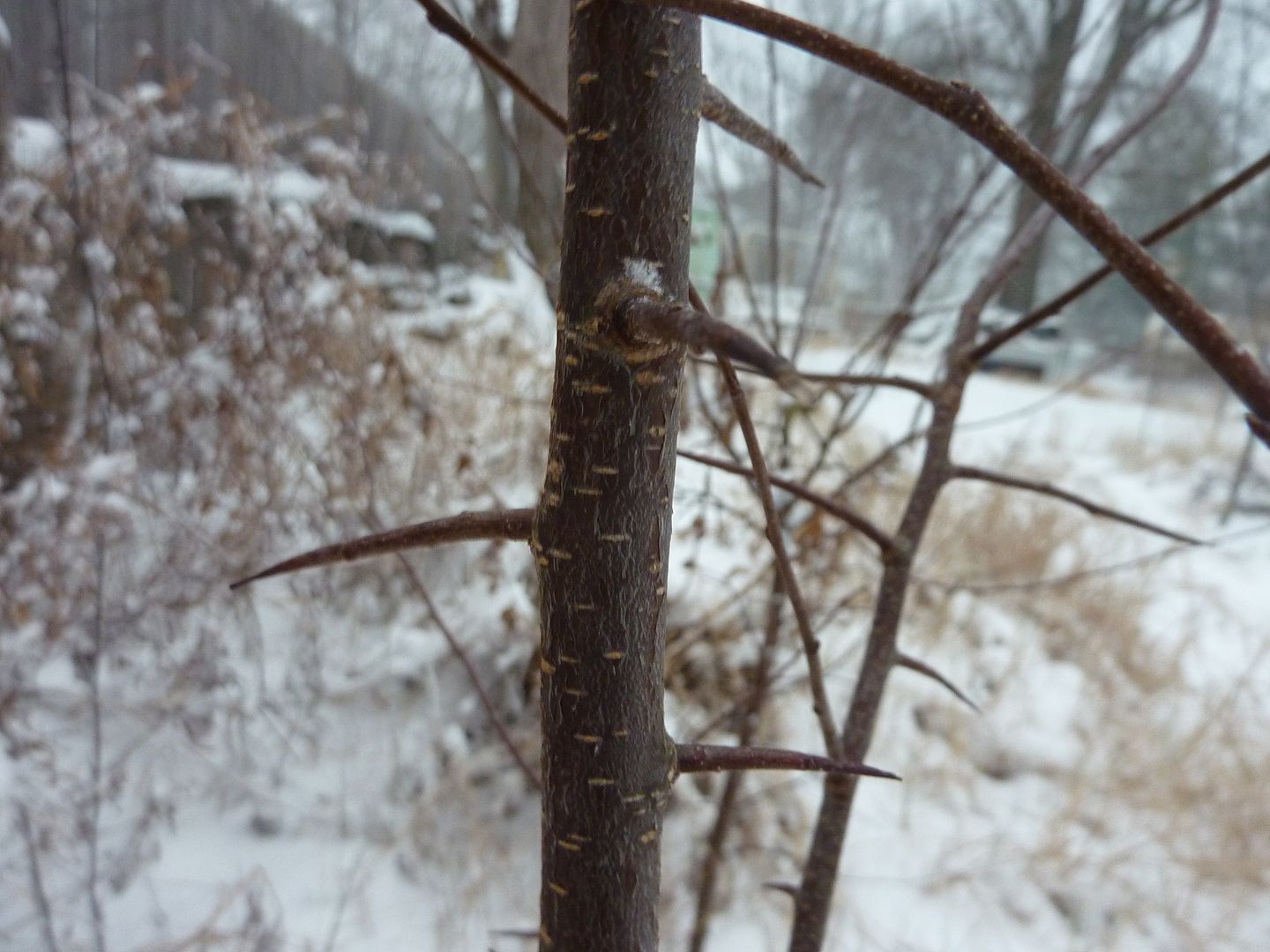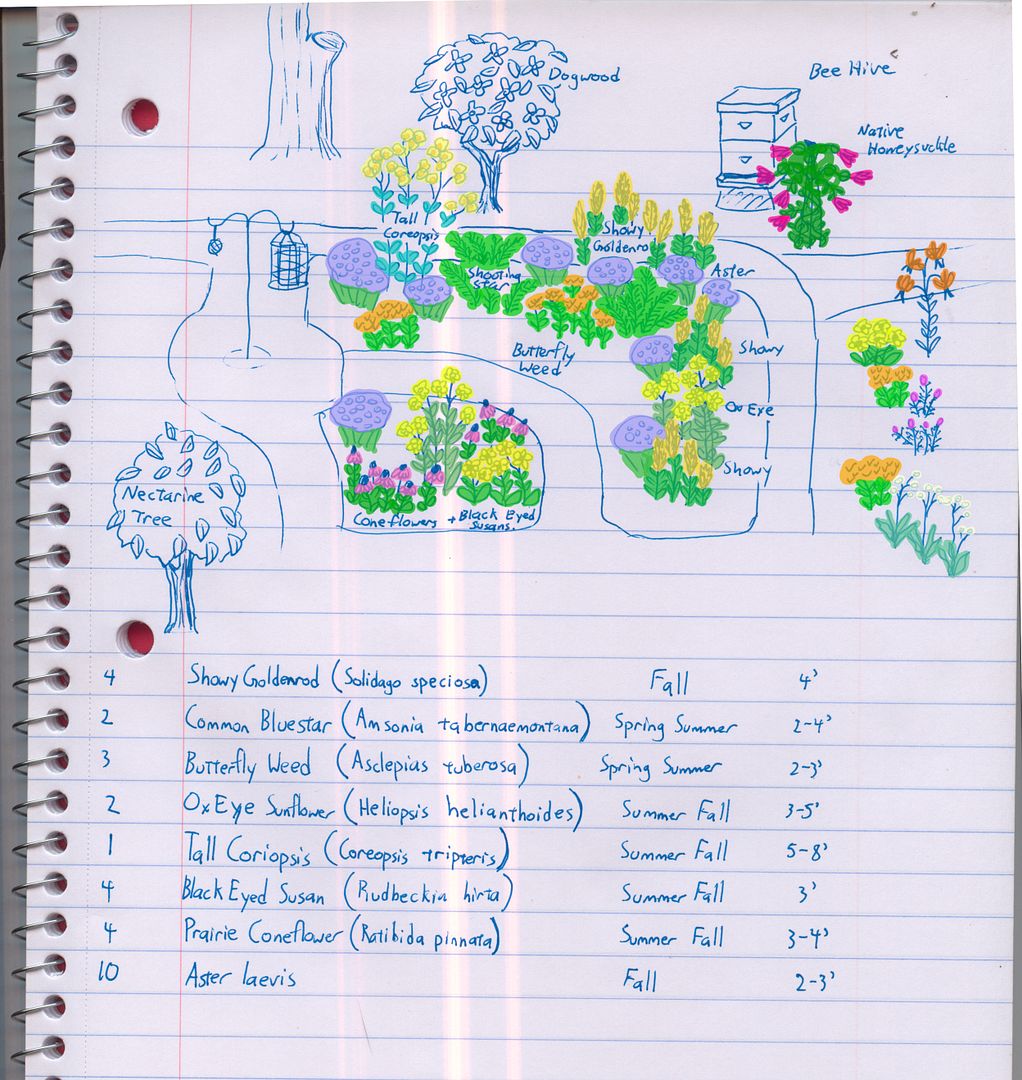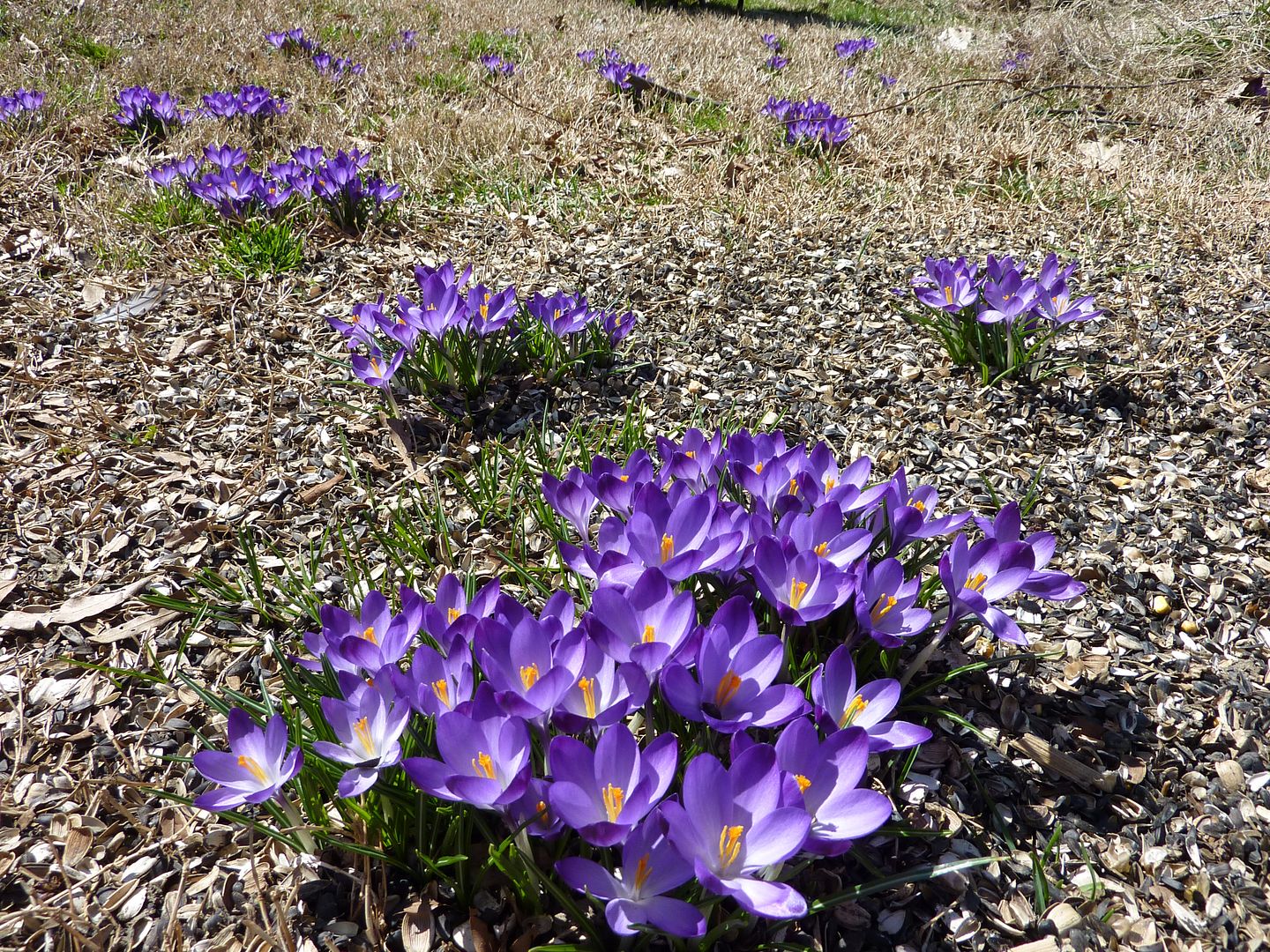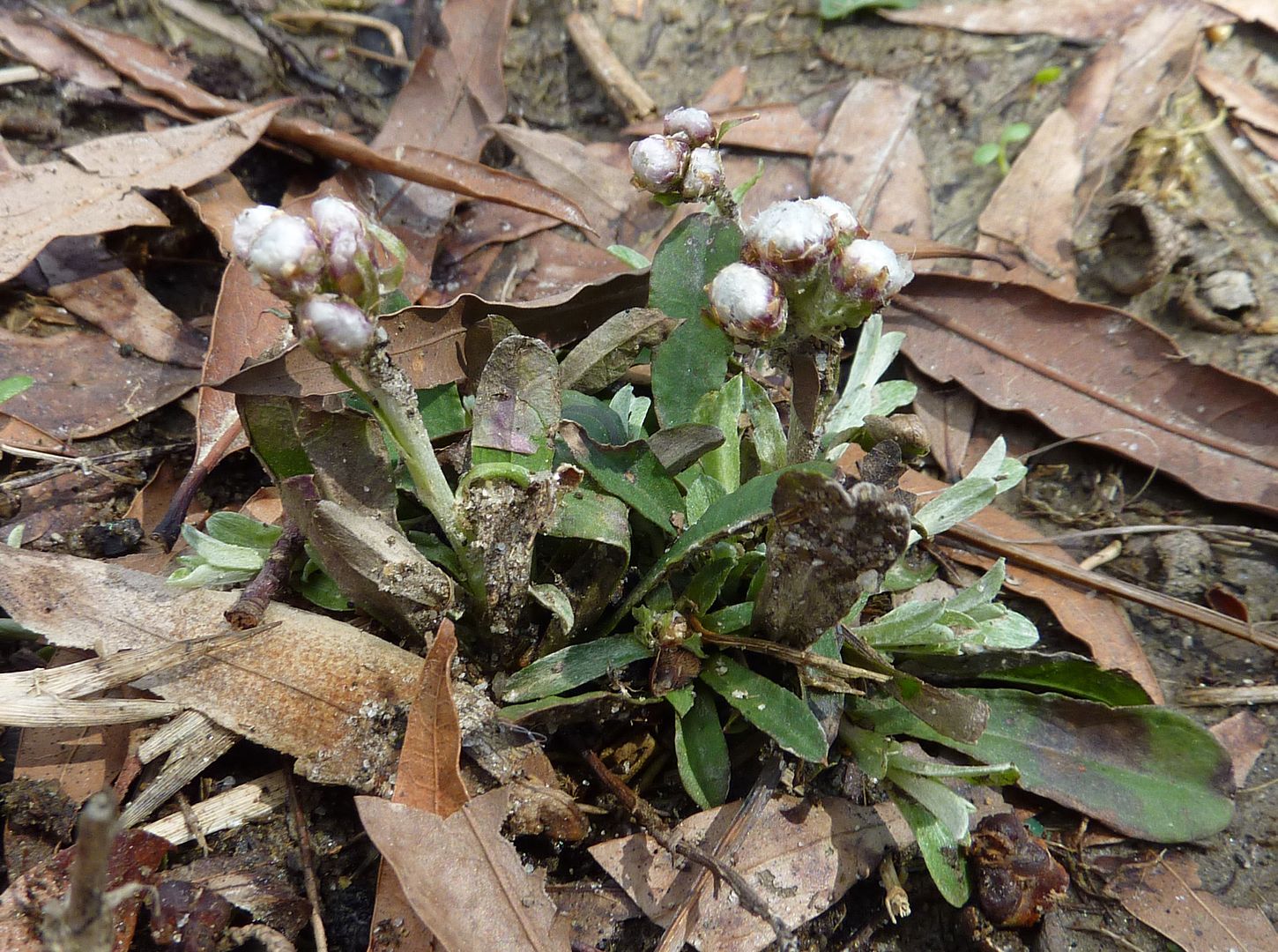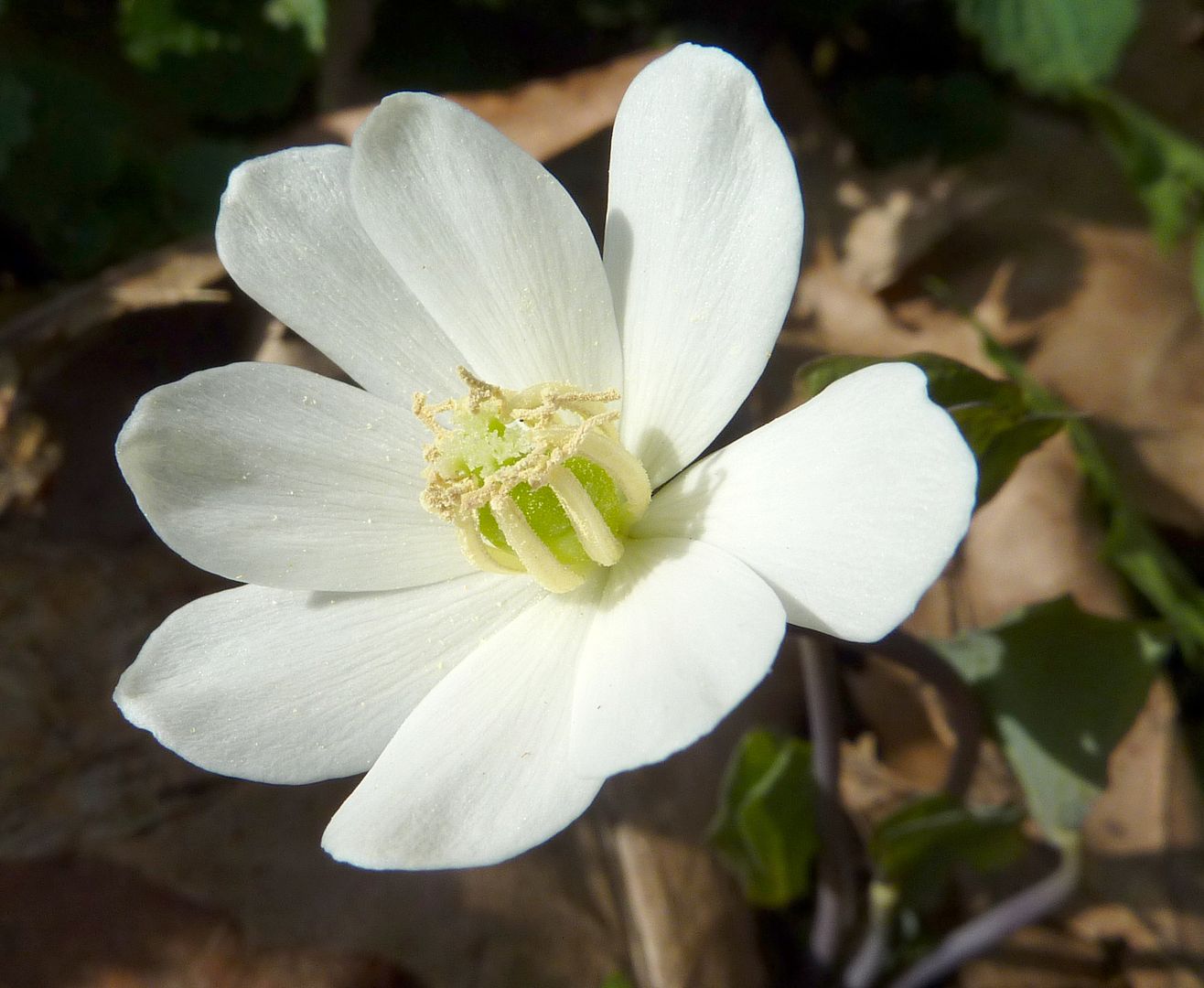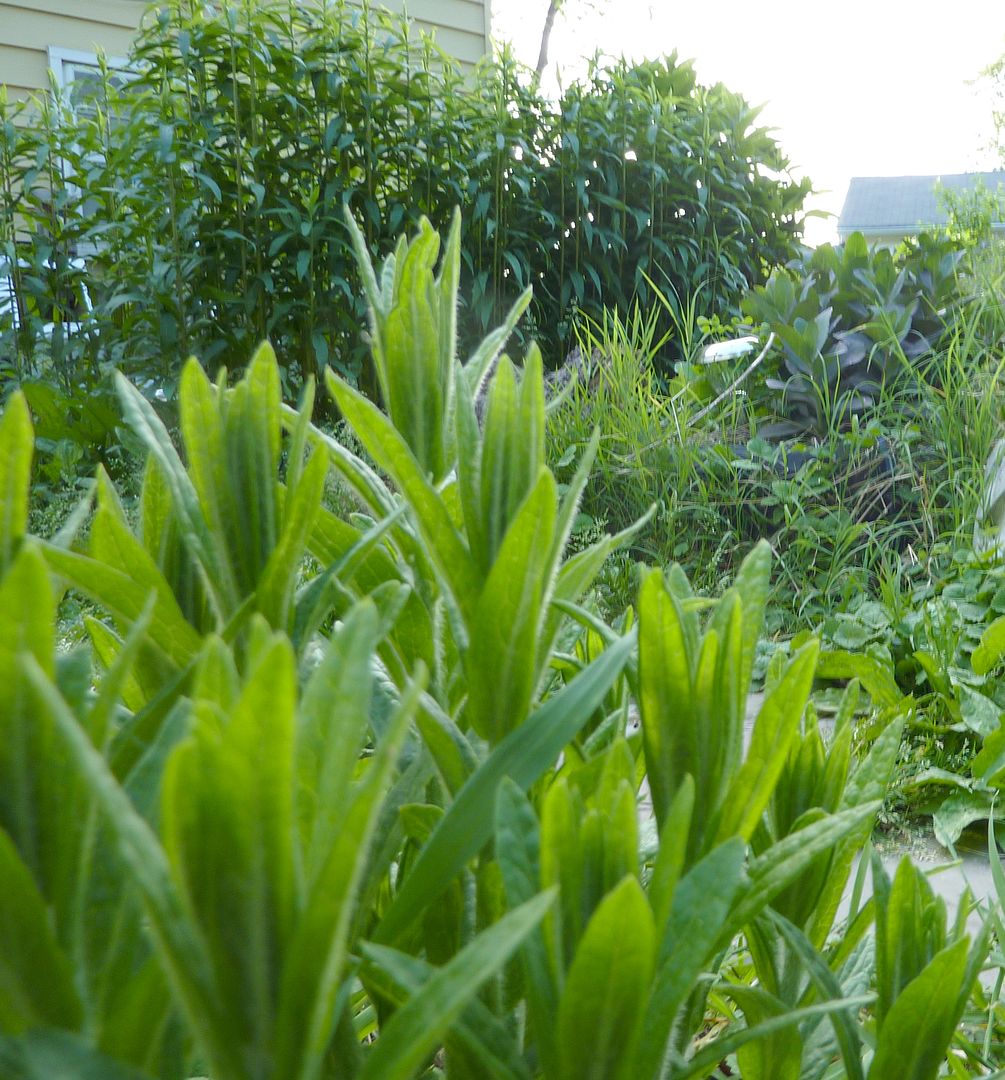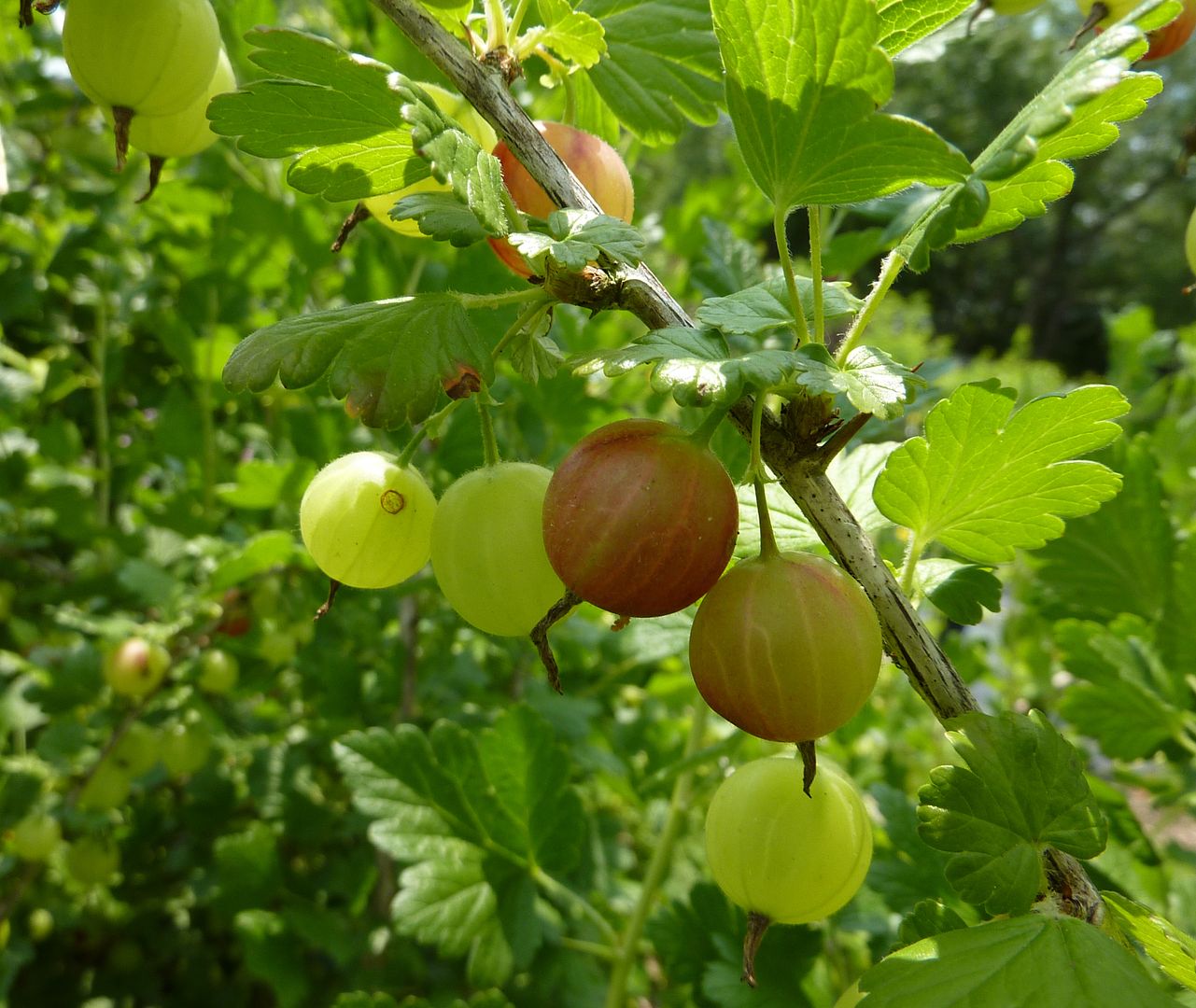Well we finally got some snow here. The governor is calling it a state of emergency, however the only state of emergency my friends are experiencing is the football game being delayed. Back on topic, I tried taking some pictures with the snow.
Something neat about the Native Plum tree. I'd thought all year that it was growing a little odd, to many leaves right around the trunk and I assumed I'd have to trim off the compact branches... Now that the leaves have fallen off though I see them for what they are.
These thorns range from 2 to 6 inches long! I will be trimming them off when warmer weather hits but I might leave them for the spring. I'm envisioning the contrast of thorns and flowers, that might arrange in a neat way.
The other thing I'm really enjoying is how the grass pokes above the snow. Very pretty. There are also piles of junk in my yard that suddenly look magical with the snow covering.
Sunday, December 26, 2010
Next Year's Prairie Project
Alright Christmas is over with. Hope you all had a happy holiday. But now with new years coming it's time to start thinking about next year. I've drawn out a vague design for next year's garden project.
The site is full sun; the soil is heavy clay; the kind that turns as hard as cement for most of the summer time. The first step I need to look into is killing the grass that's there. There are a few species mixed in but I don't know much about grasses. One however is particularly annoying. If left unmowed it grows to be about 2' tall which I could live with, BUT, it sends out root suckers from corms and should the green growth touch the ground, it lays down more roots. In essence it creates a tangled mess unless it's the only plant growing there. I want it gone.
The most organic approach would be to smother it with layers of newspaper, cardboard, and then straw. The trouble though is that takes to long. I want to plant plugs, and established plants to speed things up. I will be looking into a chemical method but if I'm not satisfied with what's out there, I'll probably settle on the smothering approach. I'm running on the basis that chemicals will kill 100% of the grass, where as cardboard will just make it grow around the planted plugs to various plants.
Because this is going in the middle of the yard I'm trying to only use plants that get to be 4' tall at most. Anything higher then that should be treated as an accent or placed where it will not obstruct the view.
Two plants I want to plant in companion are
Showy Goldenrod, Solidago speciosa, and Aster laevis. See Here (Image taken from the Facebook Profile of Prairie Nursery). Note how well the orange yellow flowers go with the faint purple. I like this enough to want to recreate it. I'm also considering Aster oblongifolius for it's dome-like habit. Besides and island of Coneflowers and Black Eyed Susanas these will make up the bulk of the planting.
Tall Coreopsis, Coreopsis tripteris and Common Bluestar, Amsonia tabornaemontana are two plants I've had my eye one for a while now. The Coreopsis gets to be 8' tall, which seems outrageous for anything in that genus. The Common Bluestar is perhaps one of the most underused natives around. Sure it has blue flowers in the spring time but the summer and autumn growth turns into a light, and airy, evergreen-like shrub. The fall color is a wonderful bright yellow.
A few others I've considered:
Butterfly weed
Ox Eye Sunflower
Black Eyed Susan
Prairie Coneflower
I'll post more on this later in the year. Wish me luck.
The site is full sun; the soil is heavy clay; the kind that turns as hard as cement for most of the summer time. The first step I need to look into is killing the grass that's there. There are a few species mixed in but I don't know much about grasses. One however is particularly annoying. If left unmowed it grows to be about 2' tall which I could live with, BUT, it sends out root suckers from corms and should the green growth touch the ground, it lays down more roots. In essence it creates a tangled mess unless it's the only plant growing there. I want it gone.
The most organic approach would be to smother it with layers of newspaper, cardboard, and then straw. The trouble though is that takes to long. I want to plant plugs, and established plants to speed things up. I will be looking into a chemical method but if I'm not satisfied with what's out there, I'll probably settle on the smothering approach. I'm running on the basis that chemicals will kill 100% of the grass, where as cardboard will just make it grow around the planted plugs to various plants.
Because this is going in the middle of the yard I'm trying to only use plants that get to be 4' tall at most. Anything higher then that should be treated as an accent or placed where it will not obstruct the view.
Two plants I want to plant in companion are
Showy Goldenrod, Solidago speciosa, and Aster laevis. See Here (Image taken from the Facebook Profile of Prairie Nursery). Note how well the orange yellow flowers go with the faint purple. I like this enough to want to recreate it. I'm also considering Aster oblongifolius for it's dome-like habit. Besides and island of Coneflowers and Black Eyed Susanas these will make up the bulk of the planting.
Tall Coreopsis, Coreopsis tripteris and Common Bluestar, Amsonia tabornaemontana are two plants I've had my eye one for a while now. The Coreopsis gets to be 8' tall, which seems outrageous for anything in that genus. The Common Bluestar is perhaps one of the most underused natives around. Sure it has blue flowers in the spring time but the summer and autumn growth turns into a light, and airy, evergreen-like shrub. The fall color is a wonderful bright yellow.
A few others I've considered:
Butterfly weed
Ox Eye Sunflower
Black Eyed Susan
Prairie Coneflower
I'll post more on this later in the year. Wish me luck.
Friday, December 24, 2010
Wednesday, December 22, 2010
(Video) The Mona Lisa Curse
I caught this documentary earlier this morning and loved every moment of it. Sadly the version I watched was only an hour long. As it is on youtube it seems to have been extended. This is completely off topic from what I usually blog about but as it's winter I can't do much with Ants, Bees, Butterflies, or Nature besides talking about a winter scape and hibernation. The topic here is really how spectacle removes substance, and this can be applied to every medium. Weather it's movies, books, science or the news, hype distracts people from what it is. Even the horticultural industry with it's ever fancier varieties of cultivated roses, bulbs, assorted plants and even genetically modified crops (GMO's). I feel GMO's are sometimes ridiculed unfairly. People aren't always protesting the fact they're genetically modified so much as different than what they should be. And this is done until people eventually forget. Case and point, the original carrot was purple, not orange... but you can still find some varieties that are purple.
I remember gasping in disgust at this painting when I saw it sold for that much. It's so flat in comparison to the "Mona Lisa." The Mona Lisa has such divine shading around the face and along the body. There's a background! She's not hanging in an otherworldly flat dimension of yellow. She's not wearing a dress of eyes either, an aspect I suspect is the only thing preventing her body from being lost with the background. I mean seriously look at the mustache on that one!
These people are buying and selling art as if it's wine, as if it's value somehow grows over time. Listen to this interview with the son here. He isn't saying anything. He compares his art to the news paper and how repetitive it is.
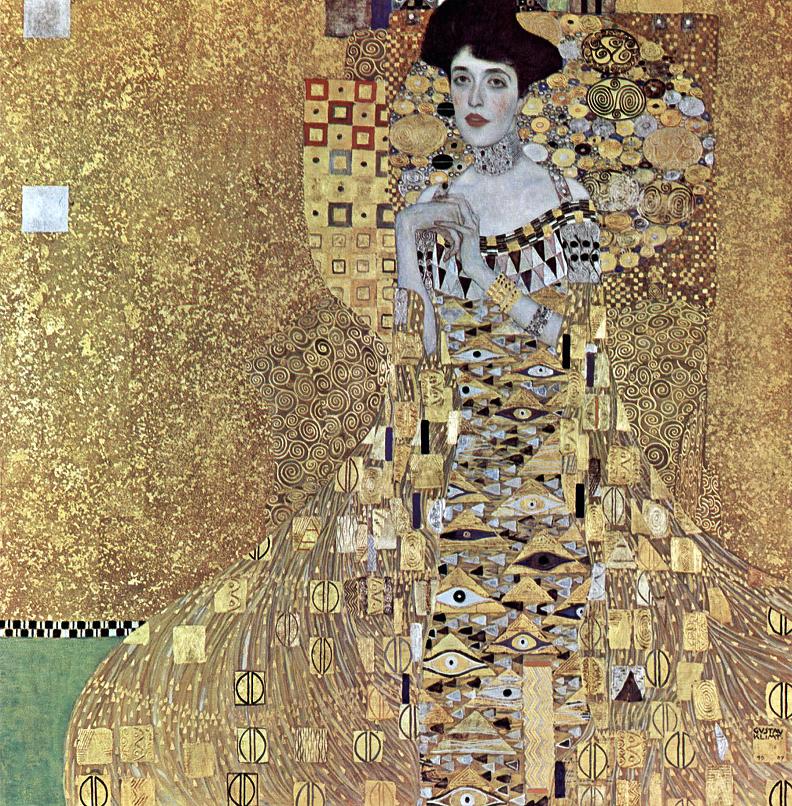 | |
| "Portrait of Adele Bloch-Bauer I" which sold for $135 Million. |
 |
| "Mona Lisa" |
These people are buying and selling art as if it's wine, as if it's value somehow grows over time. Listen to this interview with the son here. He isn't saying anything. He compares his art to the news paper and how repetitive it is.
Friday, December 17, 2010
Holiday Arrangements with the Mt. Cuba Center
The good folks at the Mt. Cuba Center have released a nice video on how to make a simple Holiday Arrangement. I love that place and just had to share this with everyone. It's so simple to do and takes such a short amount of time.
If you love native Wildflowers they're well worth visiting. Here is their website. They are a private garden, so tours have to be arranged ahead of time, but are also offered occasionally with a lot of their classes. Their Annual Wildflower Celebration next year is May 1st when the gardens are open to the public. The vast majority of the plants growing are native and it's a great way to kill an afternoon. I came home from last year's feeling like I should have paid $50 to get in. It is that relaxing and pretty there. Last year they handed out a free plant to everyone who went... I'm not sure if they're doing that again this year.
Even if you go and hate it there, remember you're in Delaware and there's no sales tax so get some shopping done!
Labels:
Arrangement,
Design,
Garden
Wednesday, December 15, 2010
Best of Nature 2010
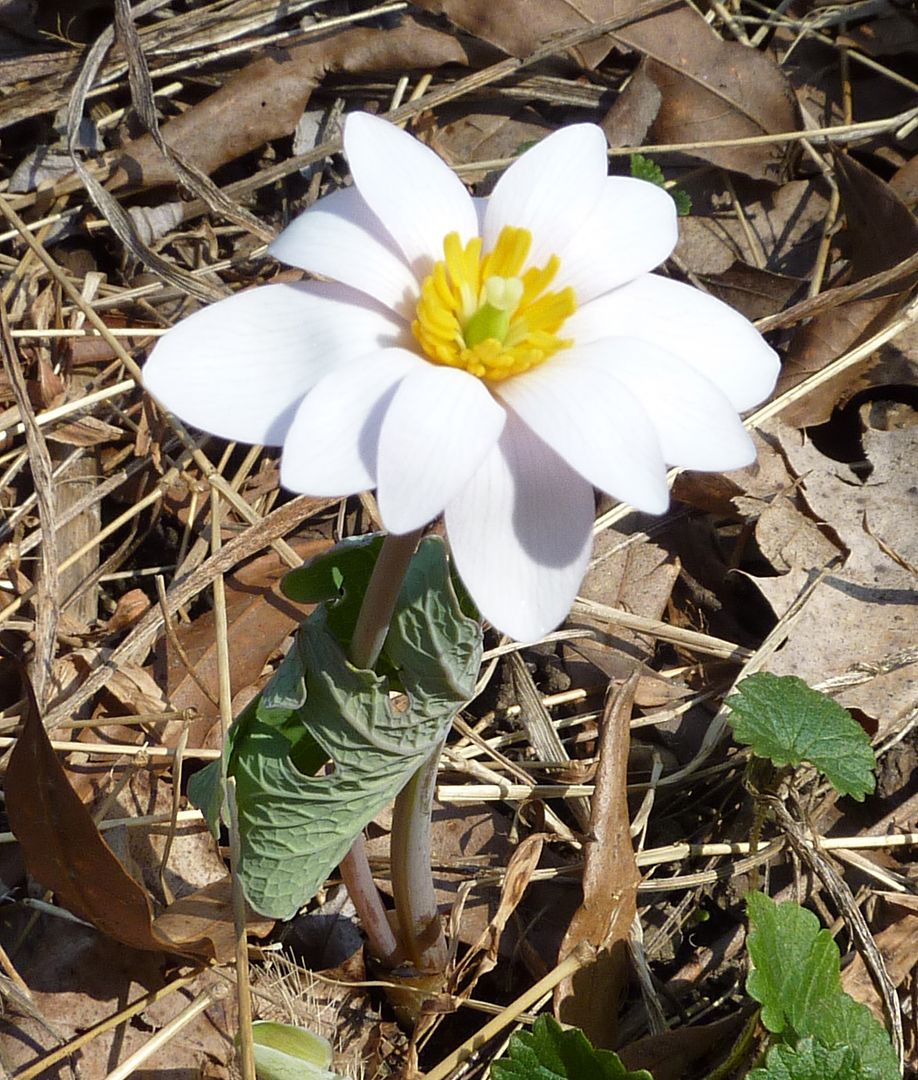 |
| Bloodroot, Sanguinaria canadensis, in flower. I planted 3 of these last year. Unfortunately only one has come back. |
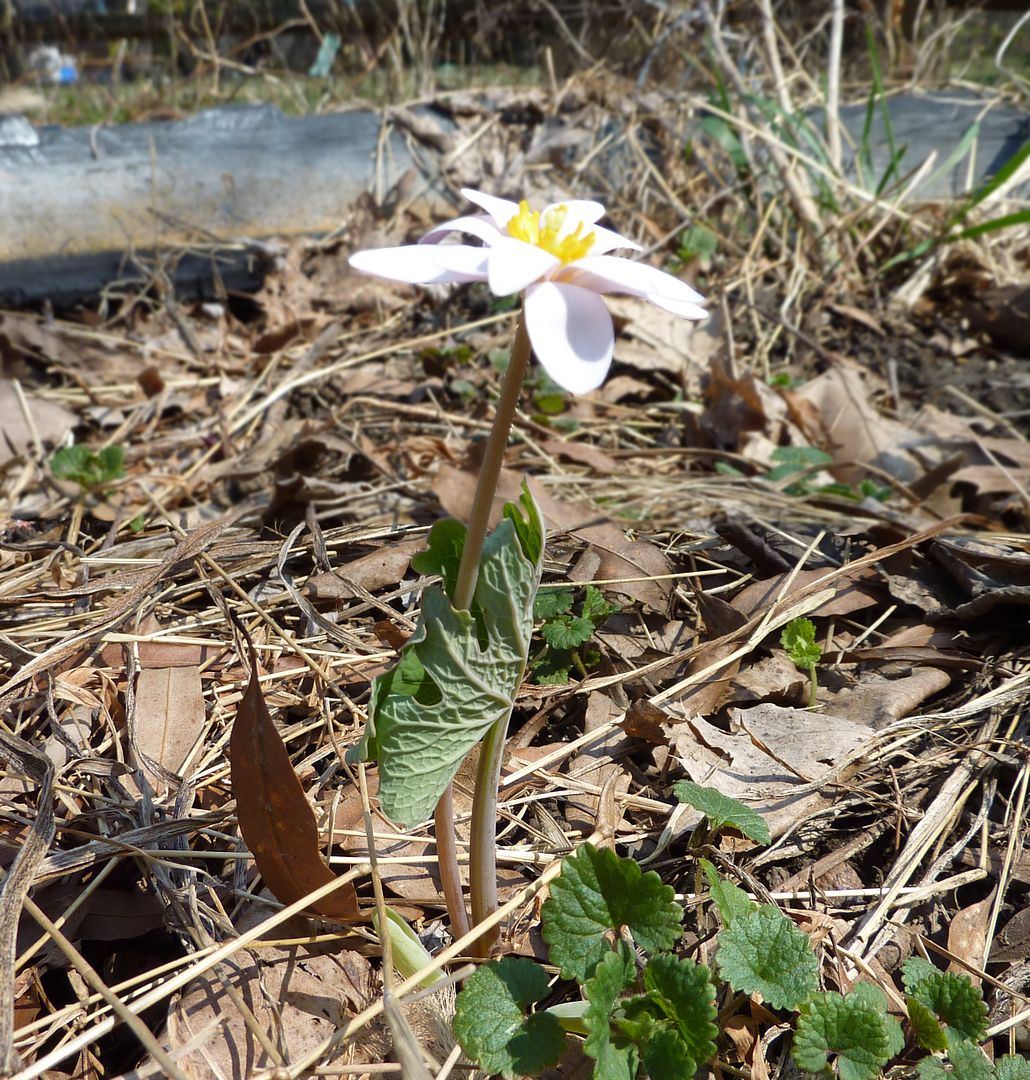 |
| I love how the leaf clasps around the flower stem for added support. |
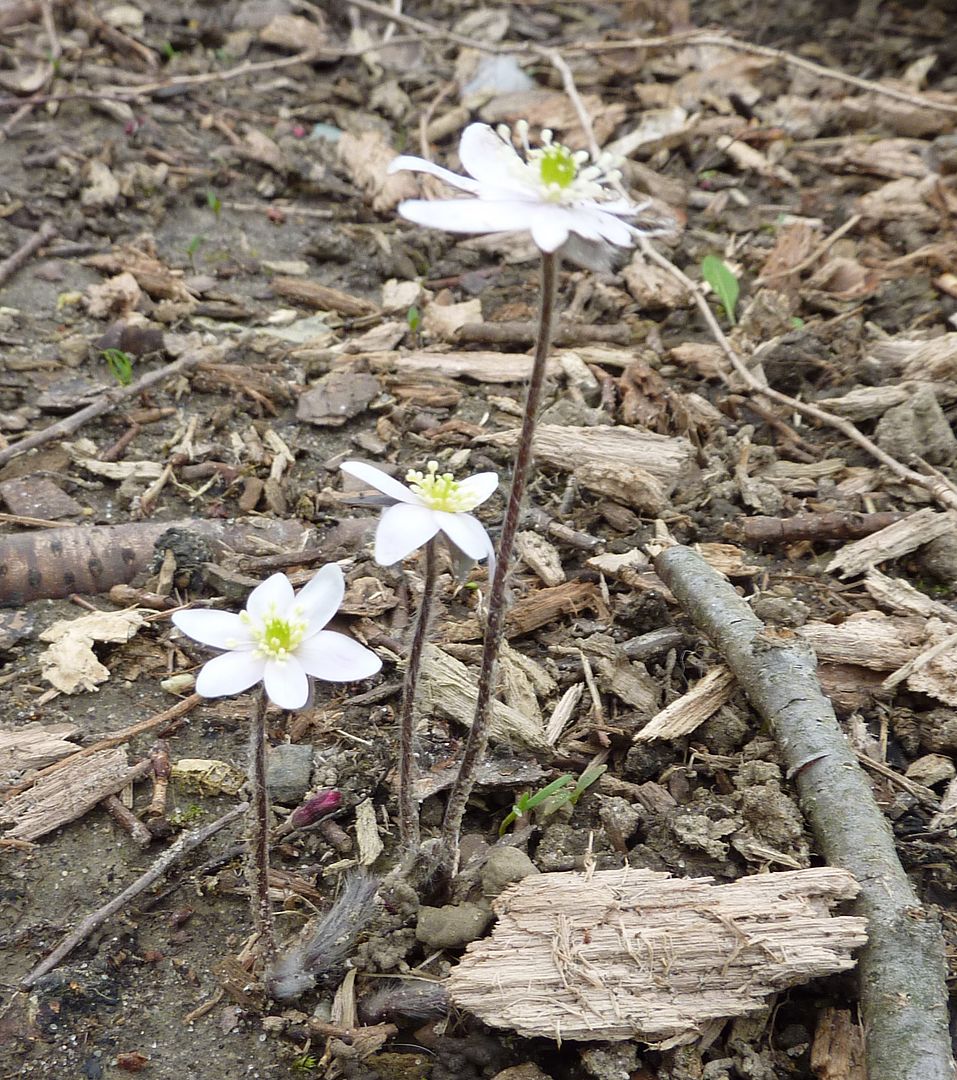 |
| Hepatica sp. This is one of the earliest and smallest wildflower. The tallest one here is maybe just shy of a U.S. dime. |
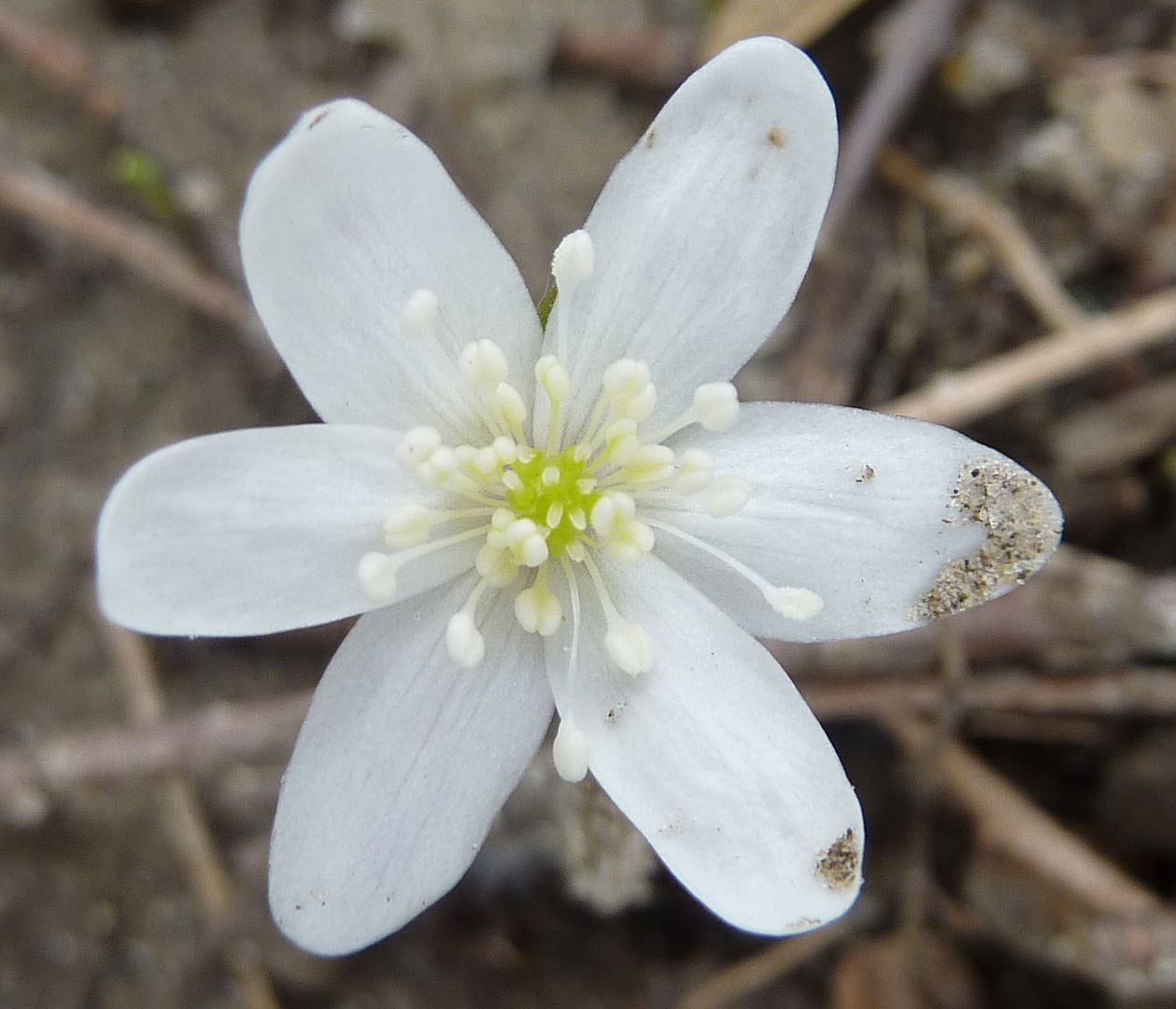 |
| Hepatica sp. up close. |
 |
| Somewhere in the forest has a good sense of humor. |
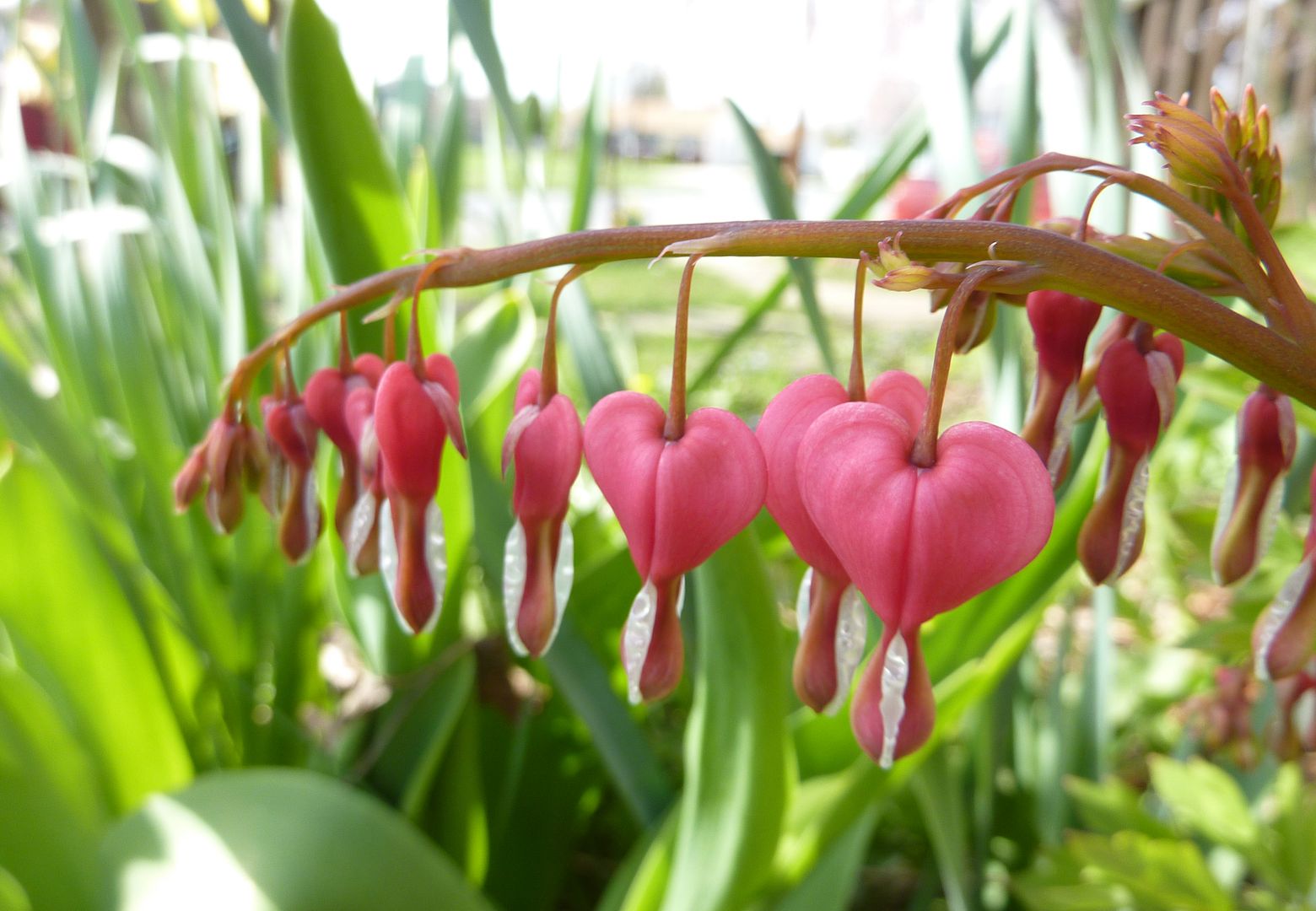 |
| Bleeding Hearts. A native plant you can actually find at a fair amount of nurseries. |
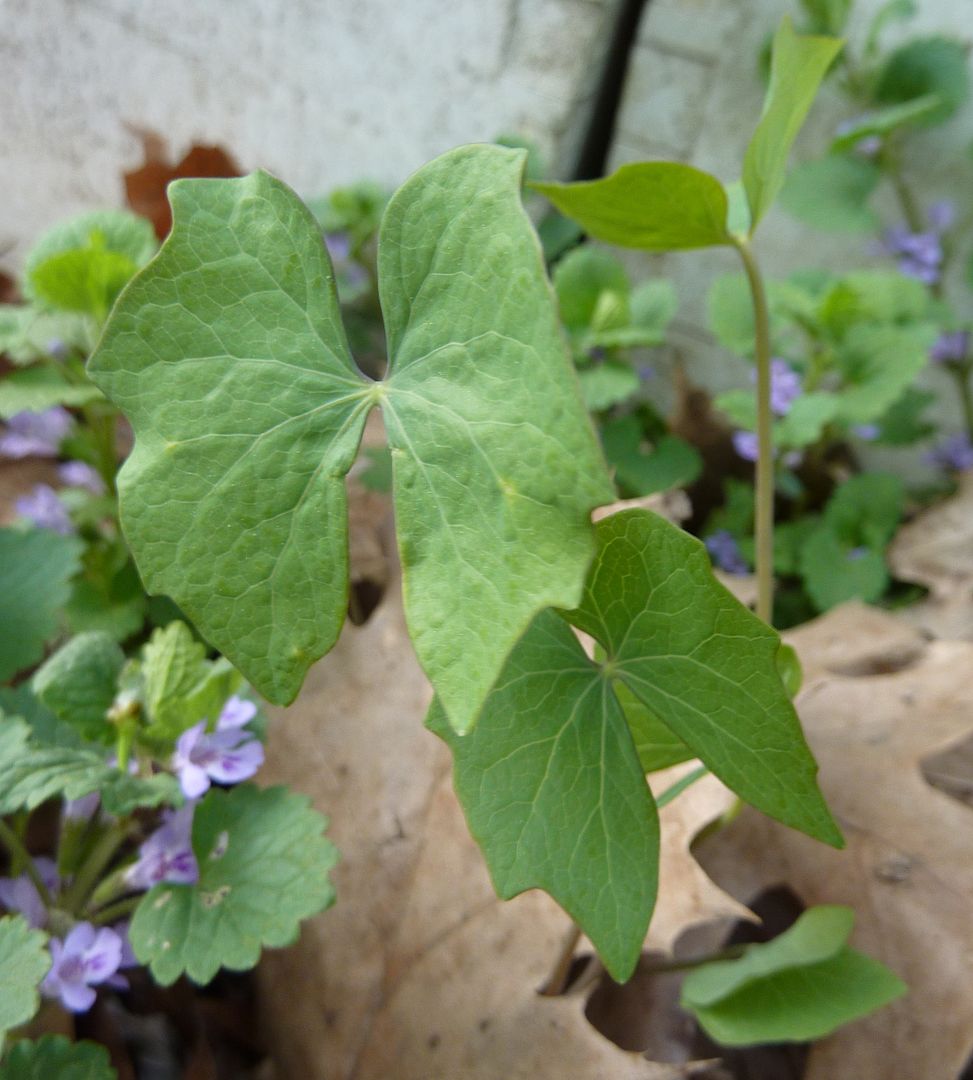 |
| Twin Leaf, Jeffersonia diphylla. Common name kind of says it all. I've herd it called Elephant Ear too but another and much larger plant has that common name too. |
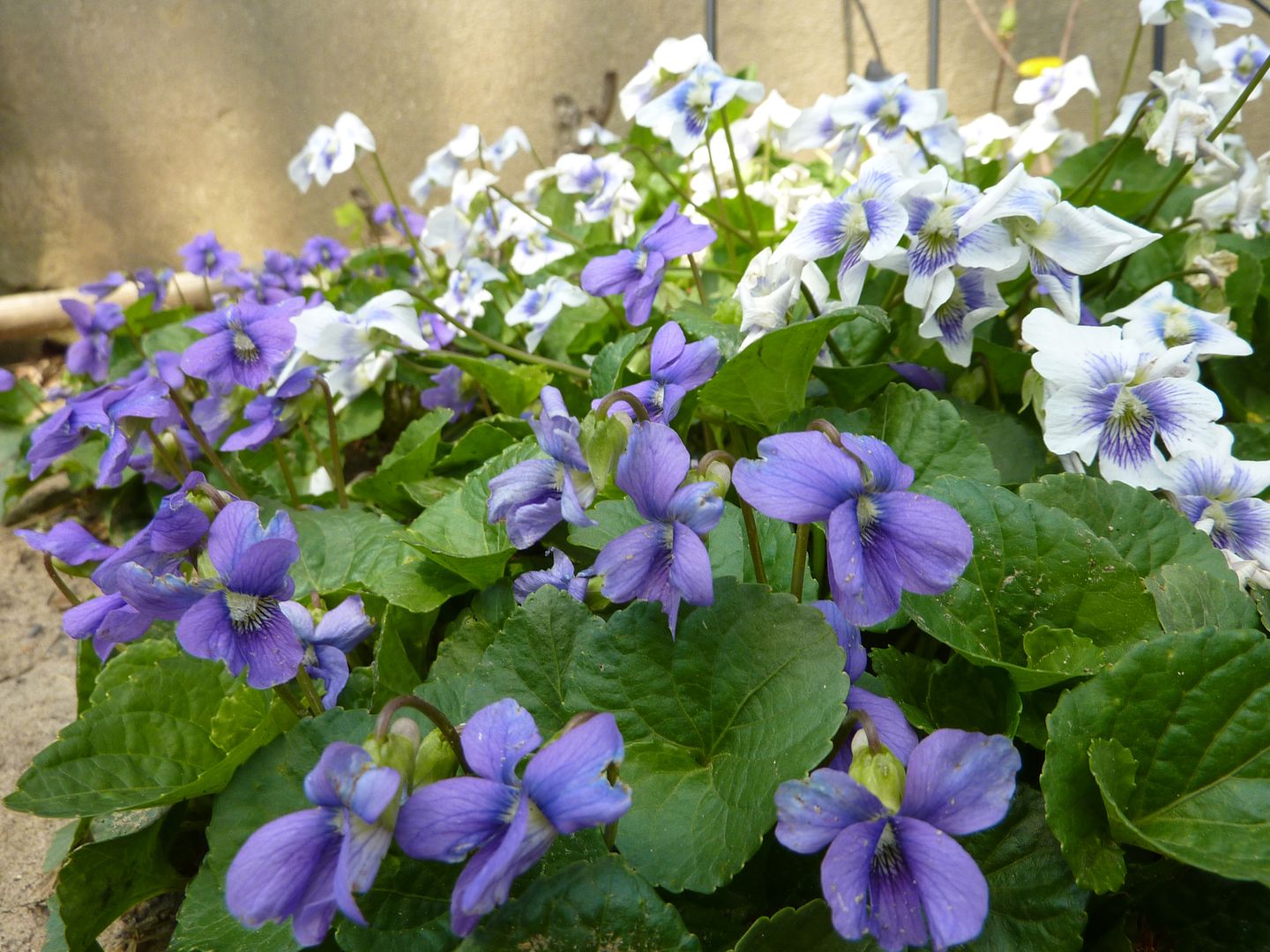 |
| Violets! |
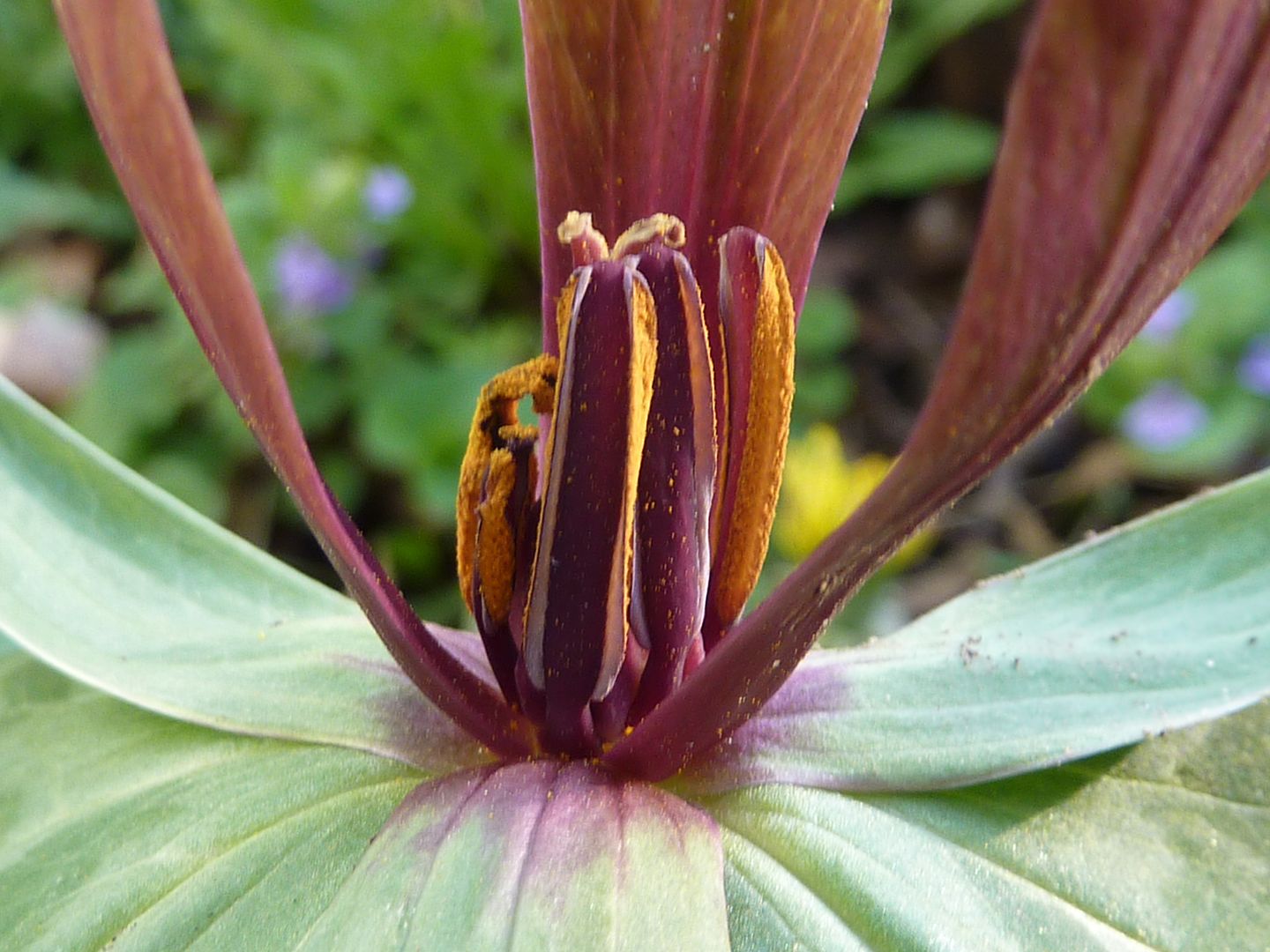 |
| Trillium cuneatum anthers close up. |
 |
| More Trillium grandiflorum. |
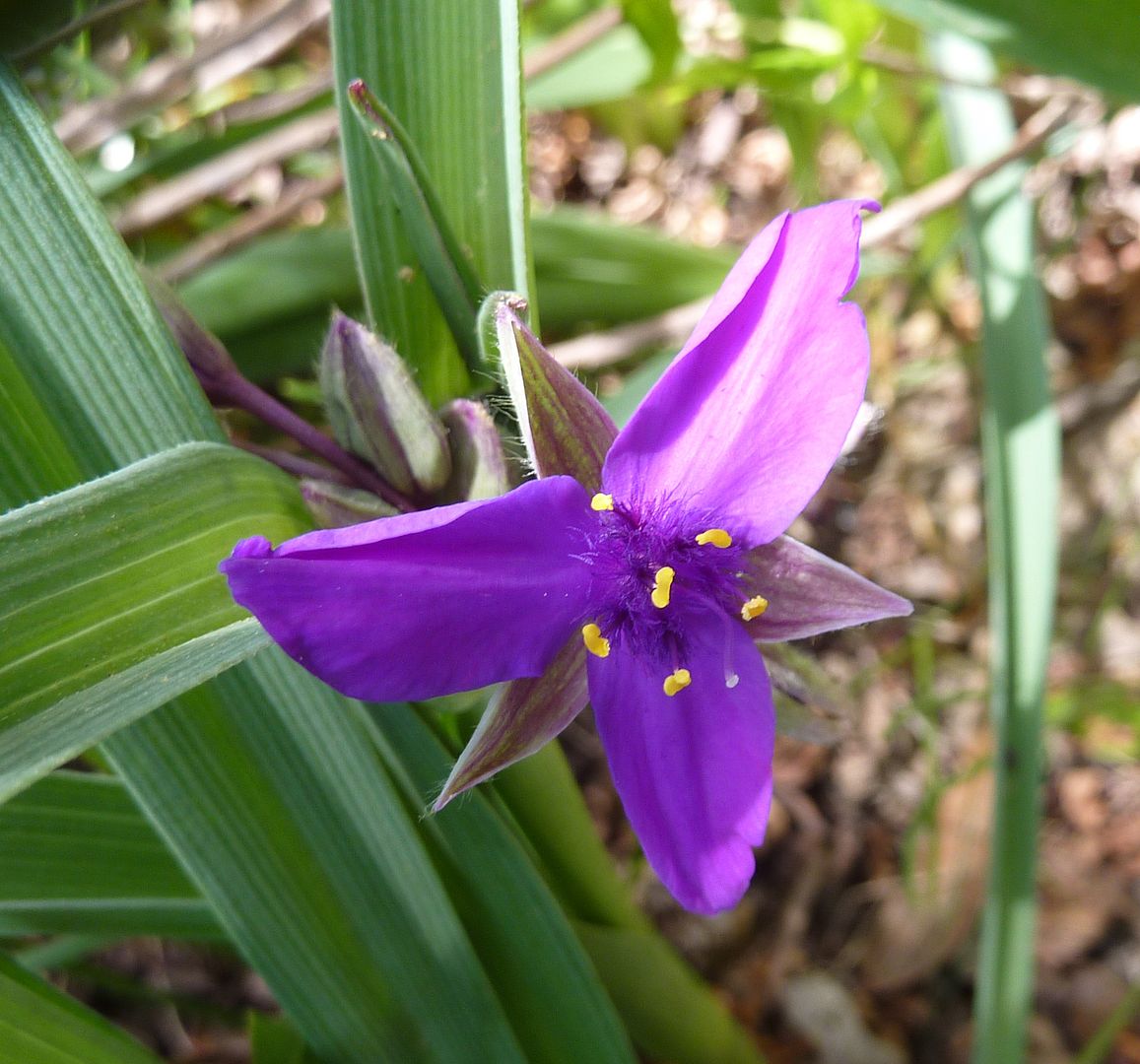 |
| Spider Wort, they only flower in the morning. But do so abundantly. |
 |
| Coral Honeysuckle, Lonicera sempervirens. Unlike the invasive Japanese kind this actually gets the attention of hummingbirds, and 0 carpenter bees. |
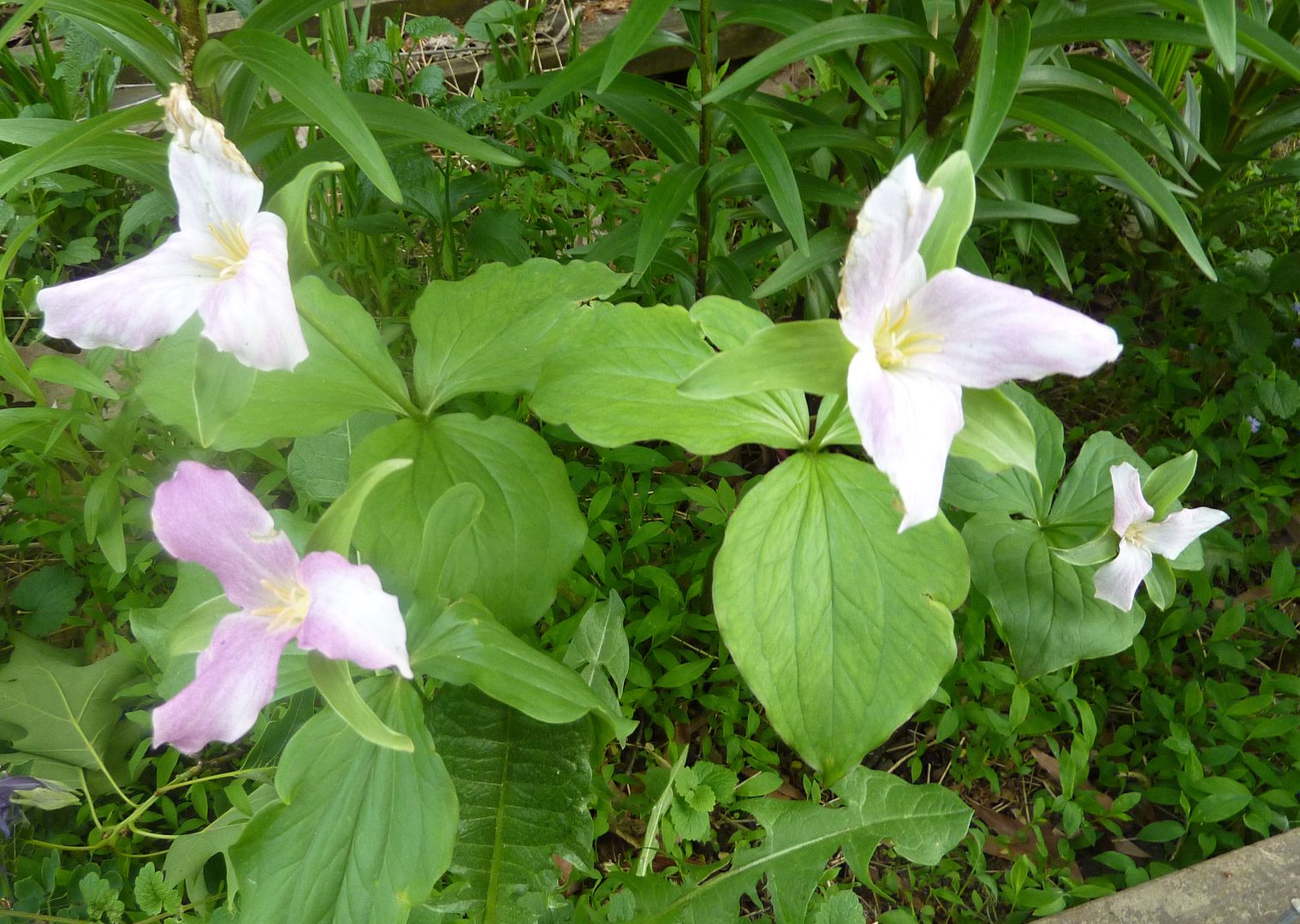 |
| Trillium grandiflorum. After about a week and a half the white fades to a purplish pink color. When these blanket the forest floor they're so pretty to see in all different stages of changing color. |
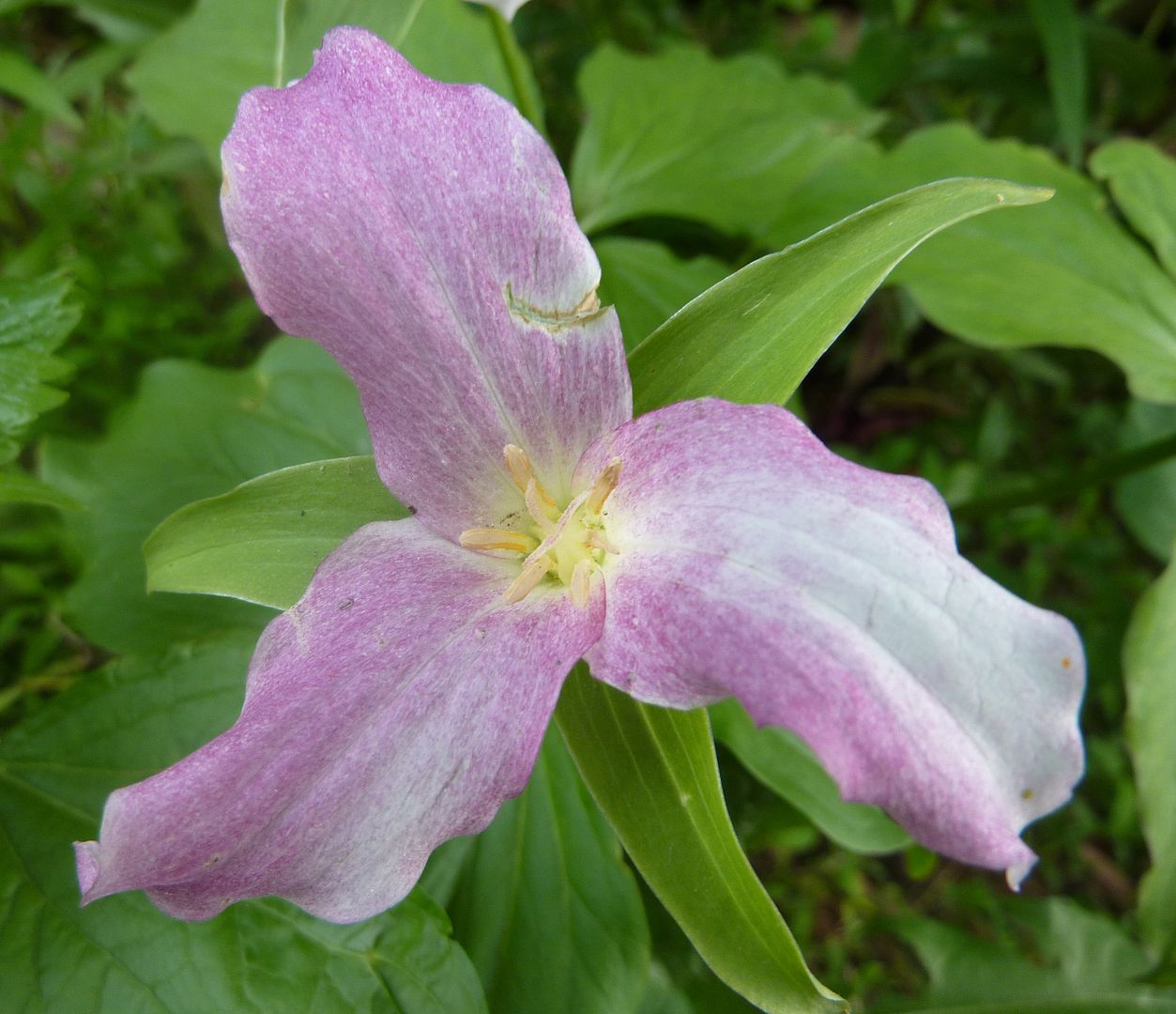 |
| Trillium grandiflorum. After about a week and a half the white fades to a purplish pink color. |
 |
| Chives in flower at a community garden. |
 |
| A Praying Mantis. |
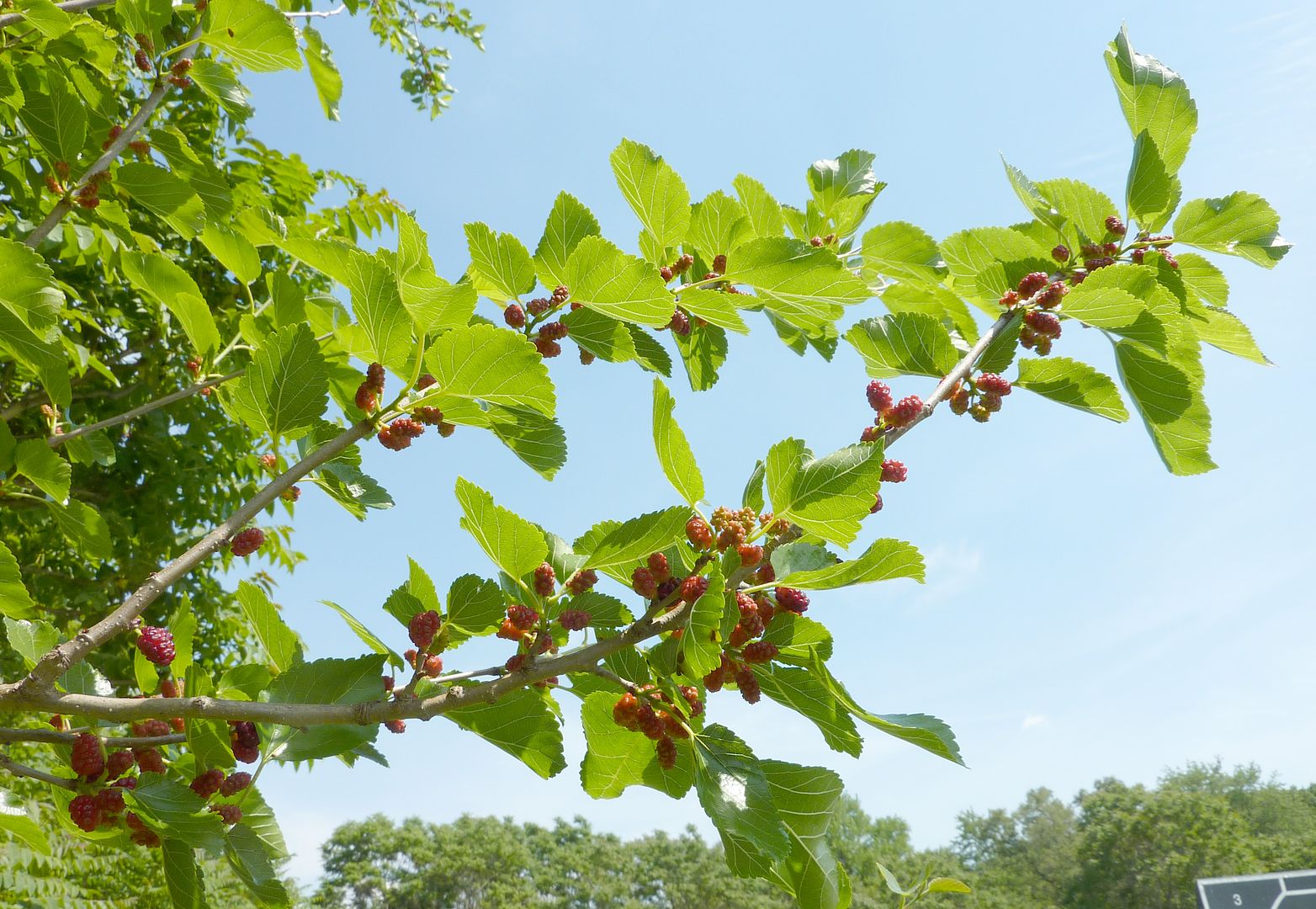 |
| Mulberry already fruiting. |
 |
| Pawpaw, asimina triloba, sapling. |
 |
| A robin getting a drink from our pond. |
 |
| A white squirrel, gray is the most dominant color form here so this was a surprise. |
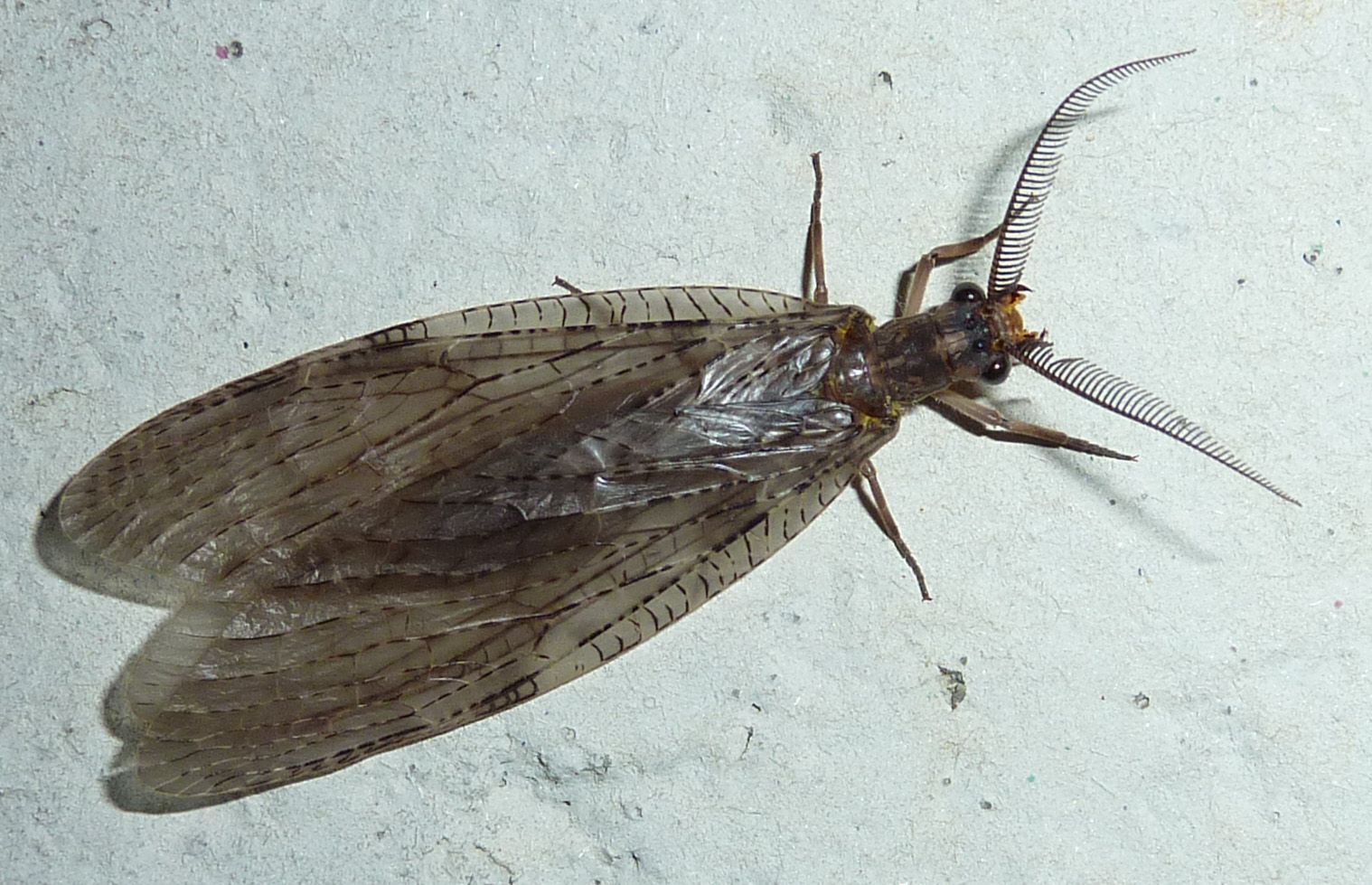 |
| A Dobsonfly, Corydalus cornutus. This is easily one of the evilest looking insects that is perfectly harmless provided you don't mess with it. Males have two long menacing looking horns that they use to grasp the female while mating. Here is a video from youtube (not of me!) of a man holding one. |
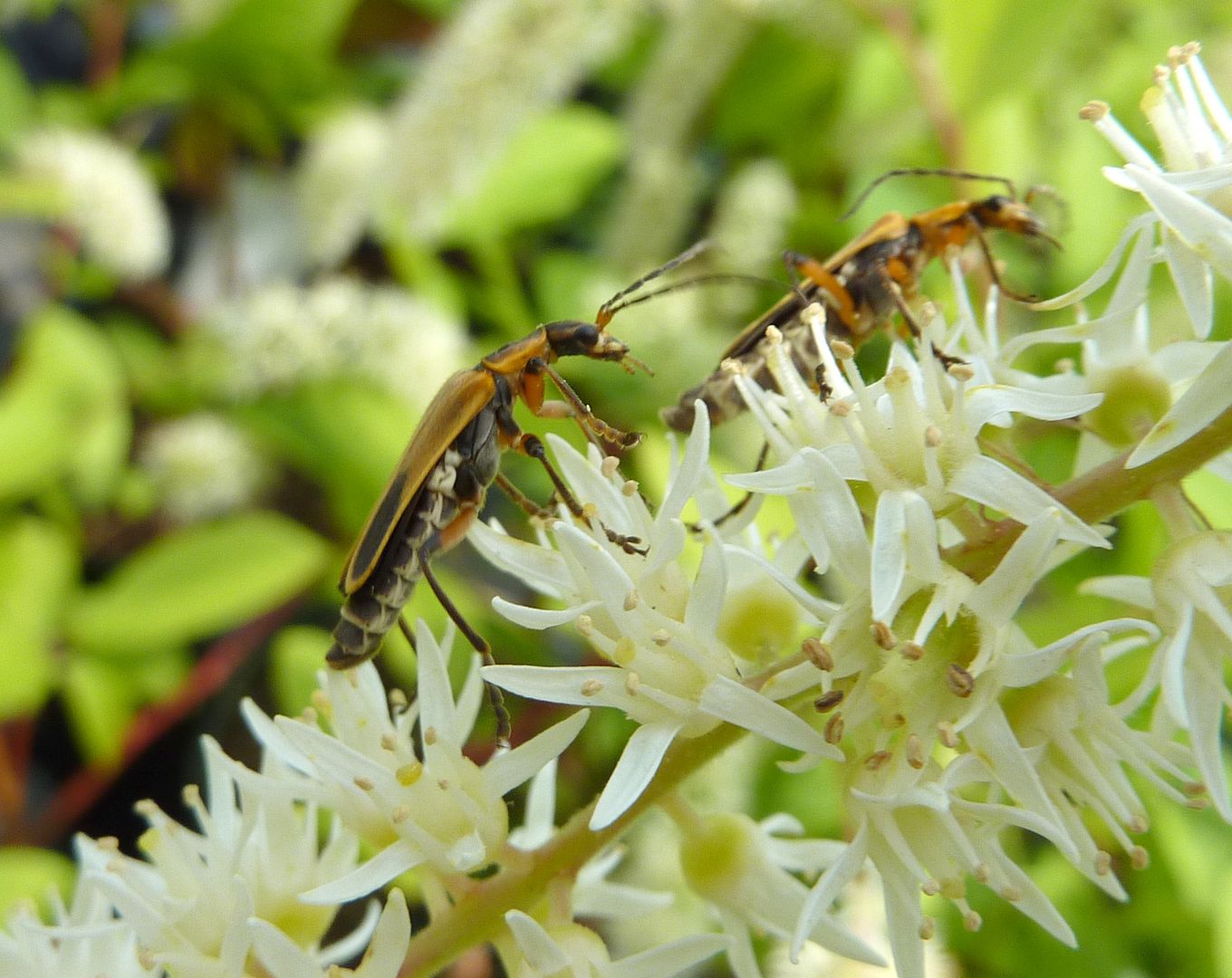 |
| Soldier Beetles. |
 |
| Not what most people expect to find on their Hydrangeas in the morning. |
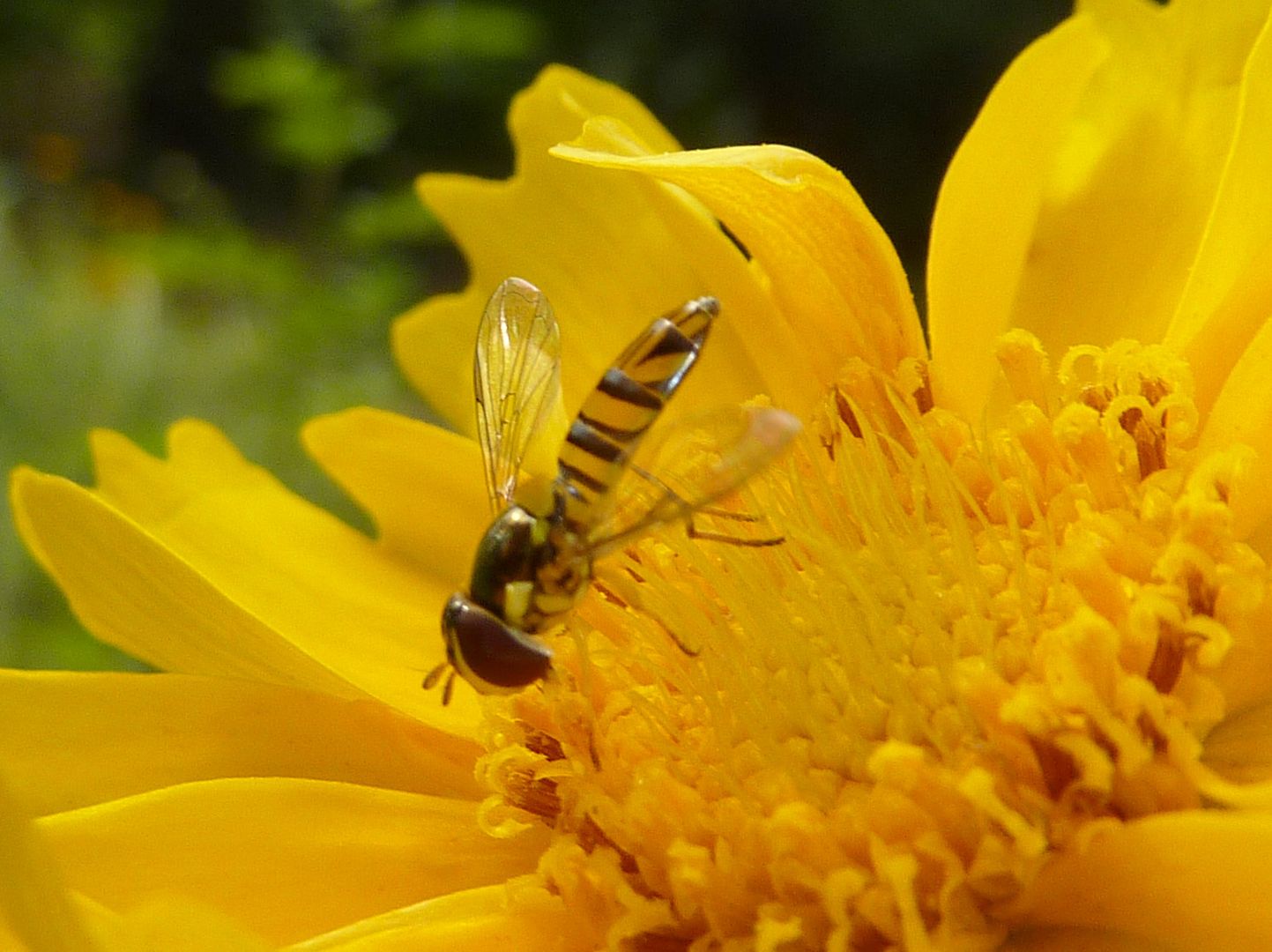 |
| Hoverfly on Coreopsis. |
 |
| Goldfinches on a Sunflower. I loved this sunflower so much. See more of it here. I just love how this one plant produces multiple flowers on each leaf facing multiple directions. I should have collected seeds. If anyone knows the name of this variety please comment below. |
 |
| Indian Pipe, a parasitic plant. |
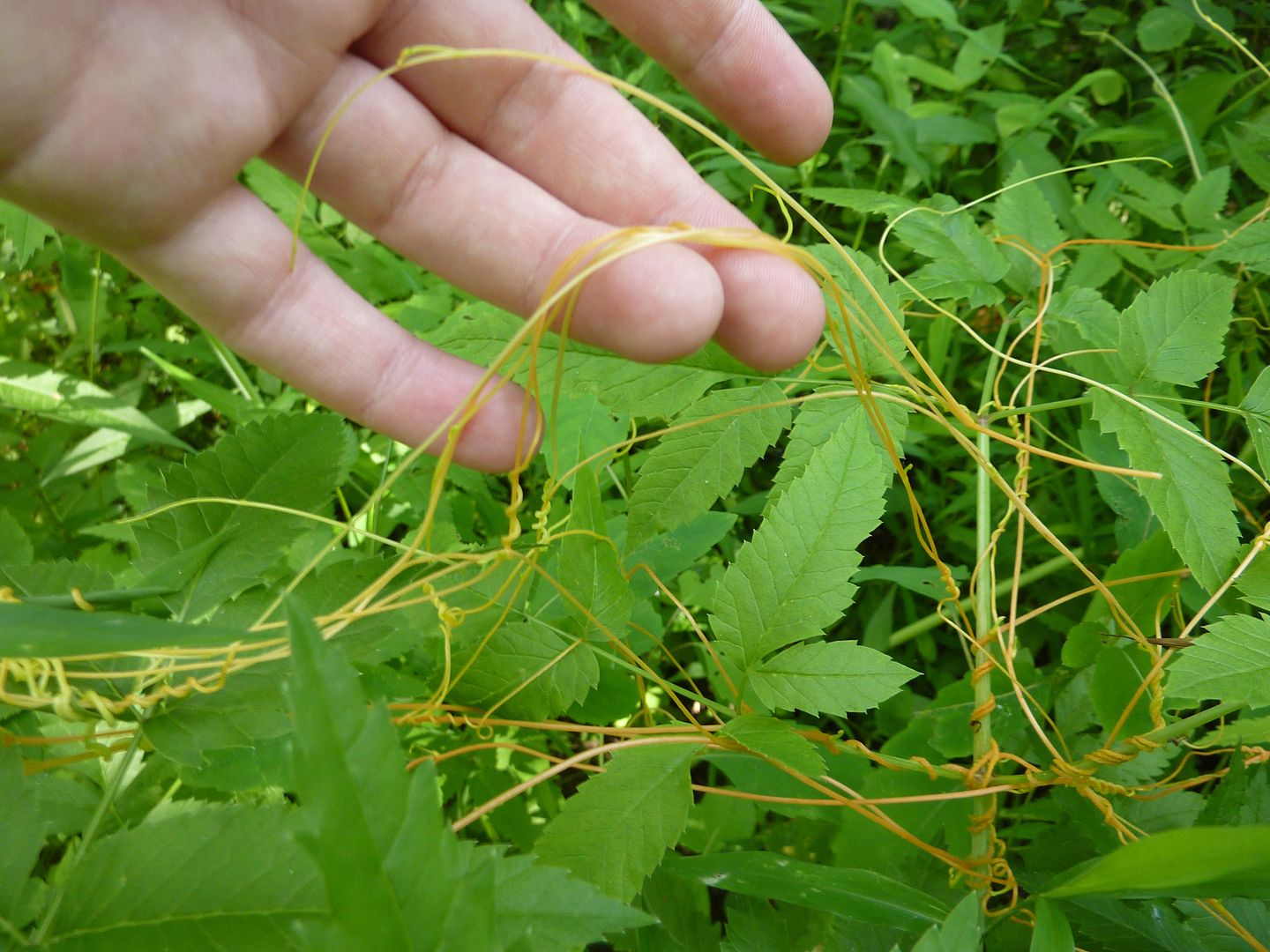 |
| Dobber, another parasitic plant. Basically it causes the host plant to burst out in orange or yellow silly string. |
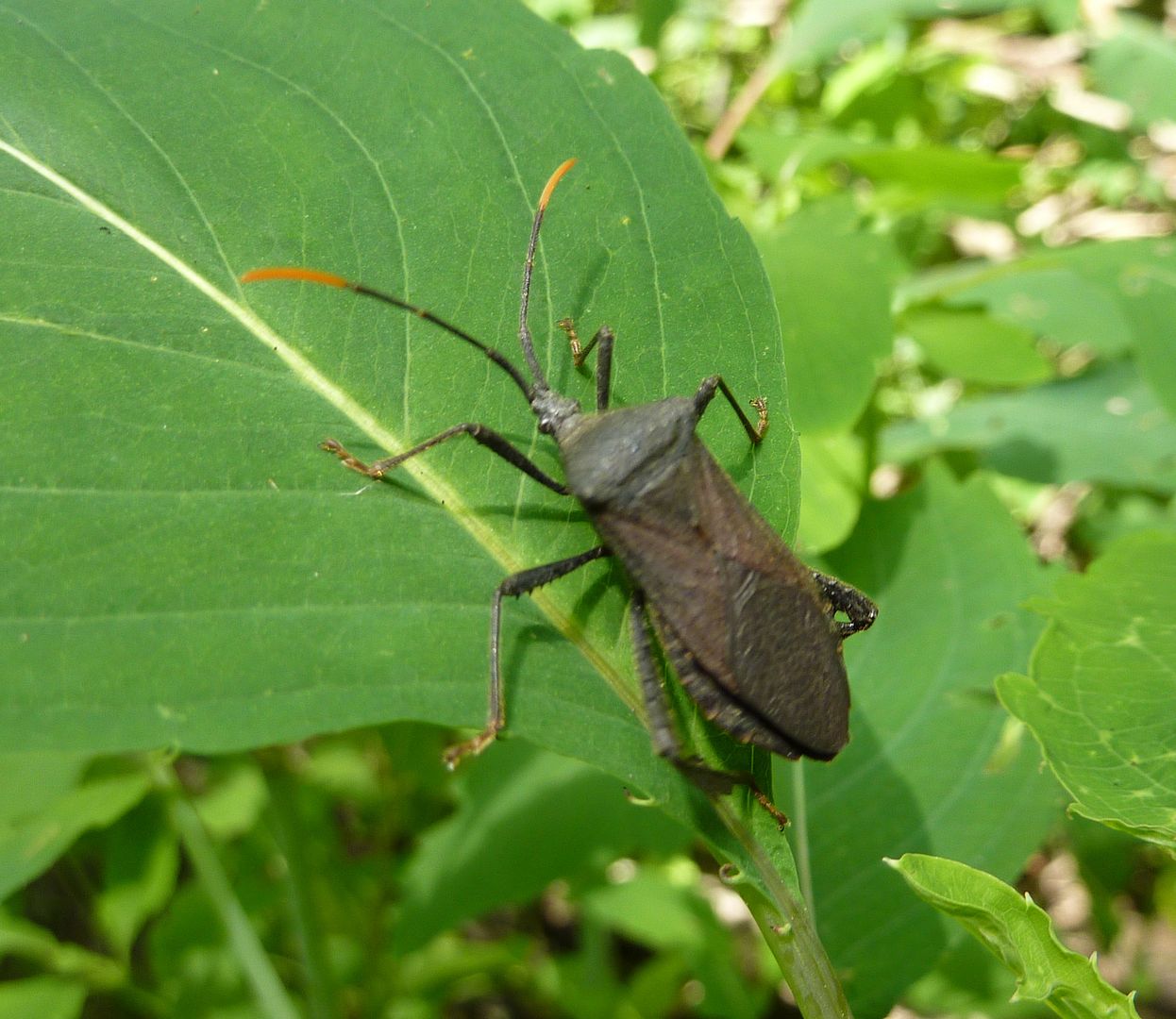 |
| One of the largest stink bugs I've ever found. This one puts all the dead ones currently in the windowsill to shame. |
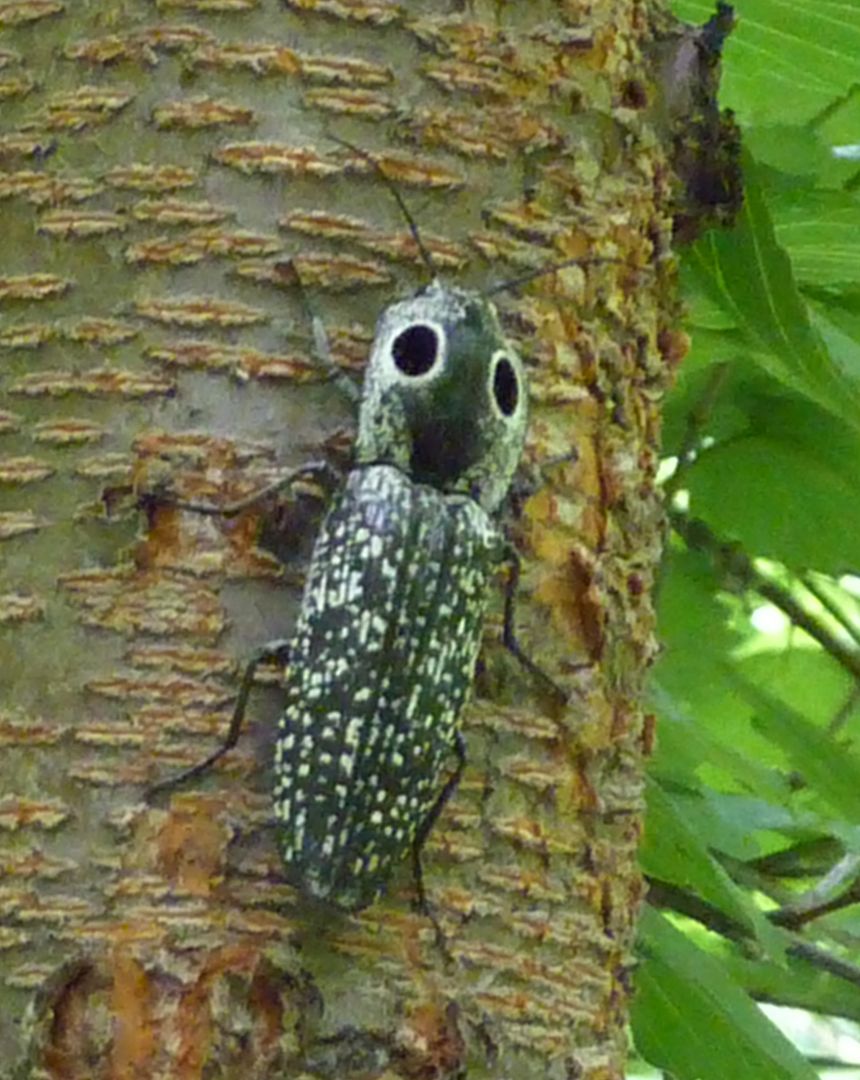 |
| Eyed Click Beetle, Alaus oculatus. This click beetle puts all the other click beetles that are dead in the window sill to shame. |
 |
| A woolly aphid. They shed fluff to make themselves less appetizing... and perhaps hidden. |
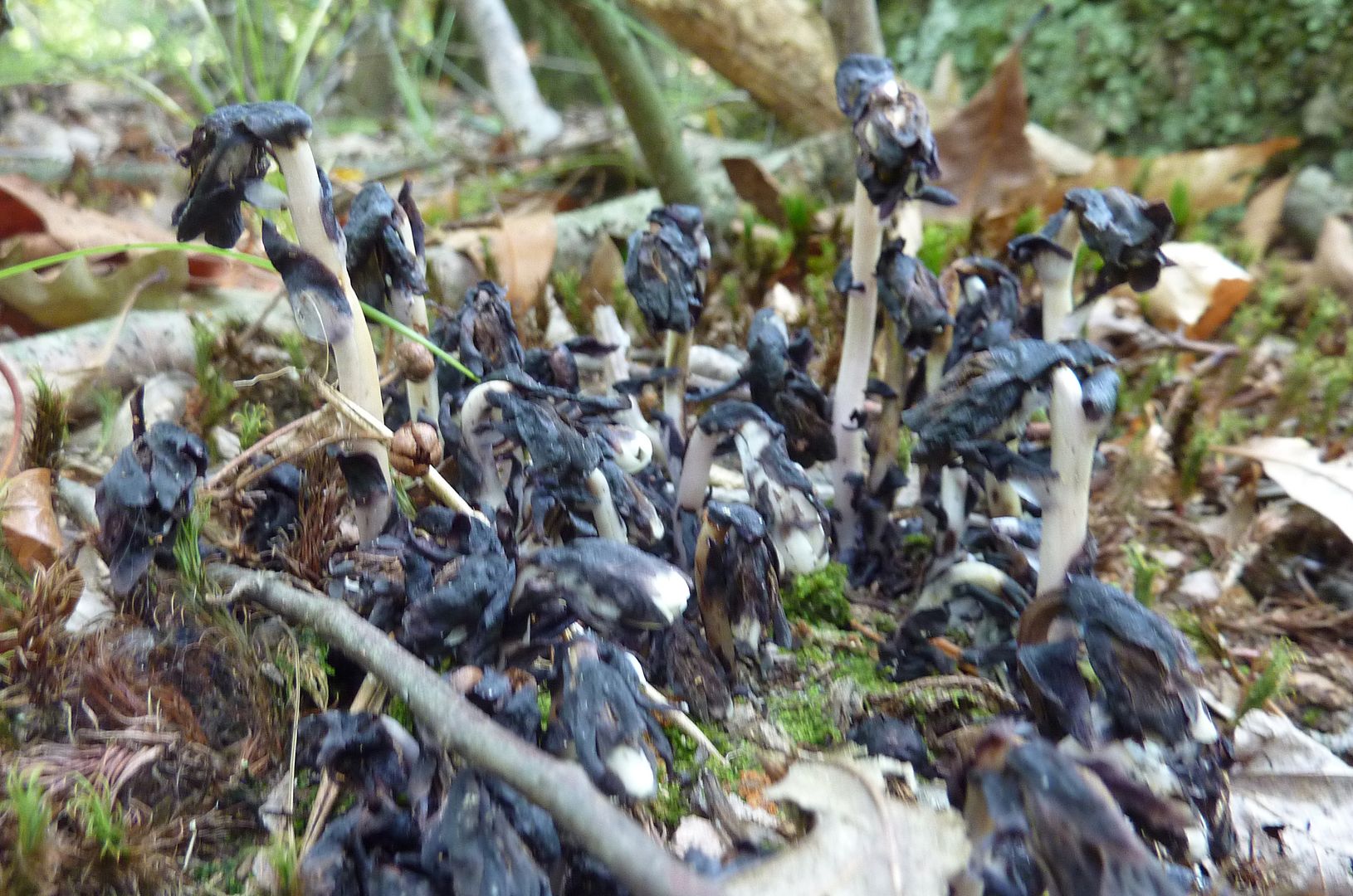 |
| Indian Pipe slowly melting away. |
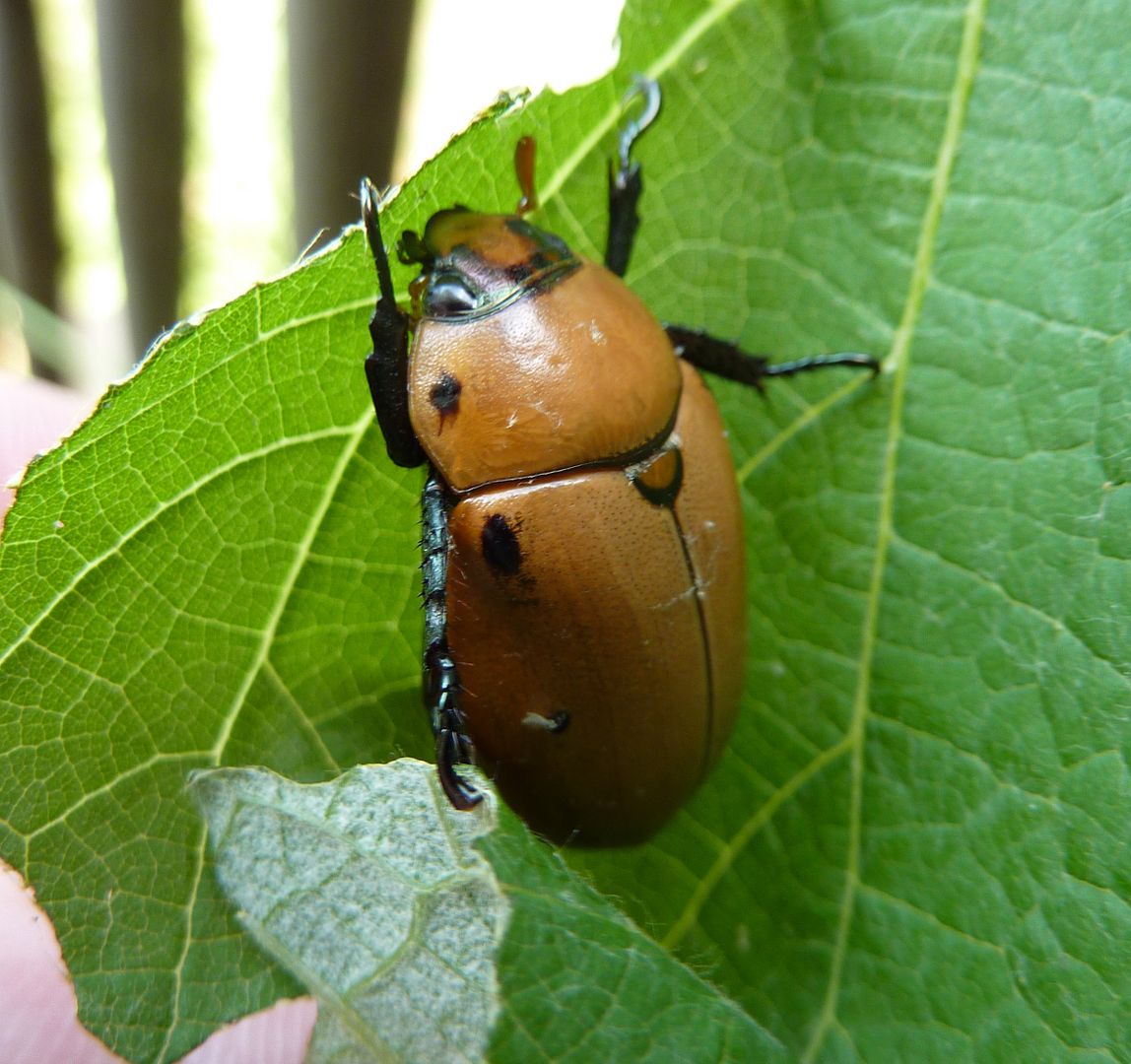 |
| Grape Vine Beetle, Pelidnota punctata. I found this huge thing eating our grape vine. |
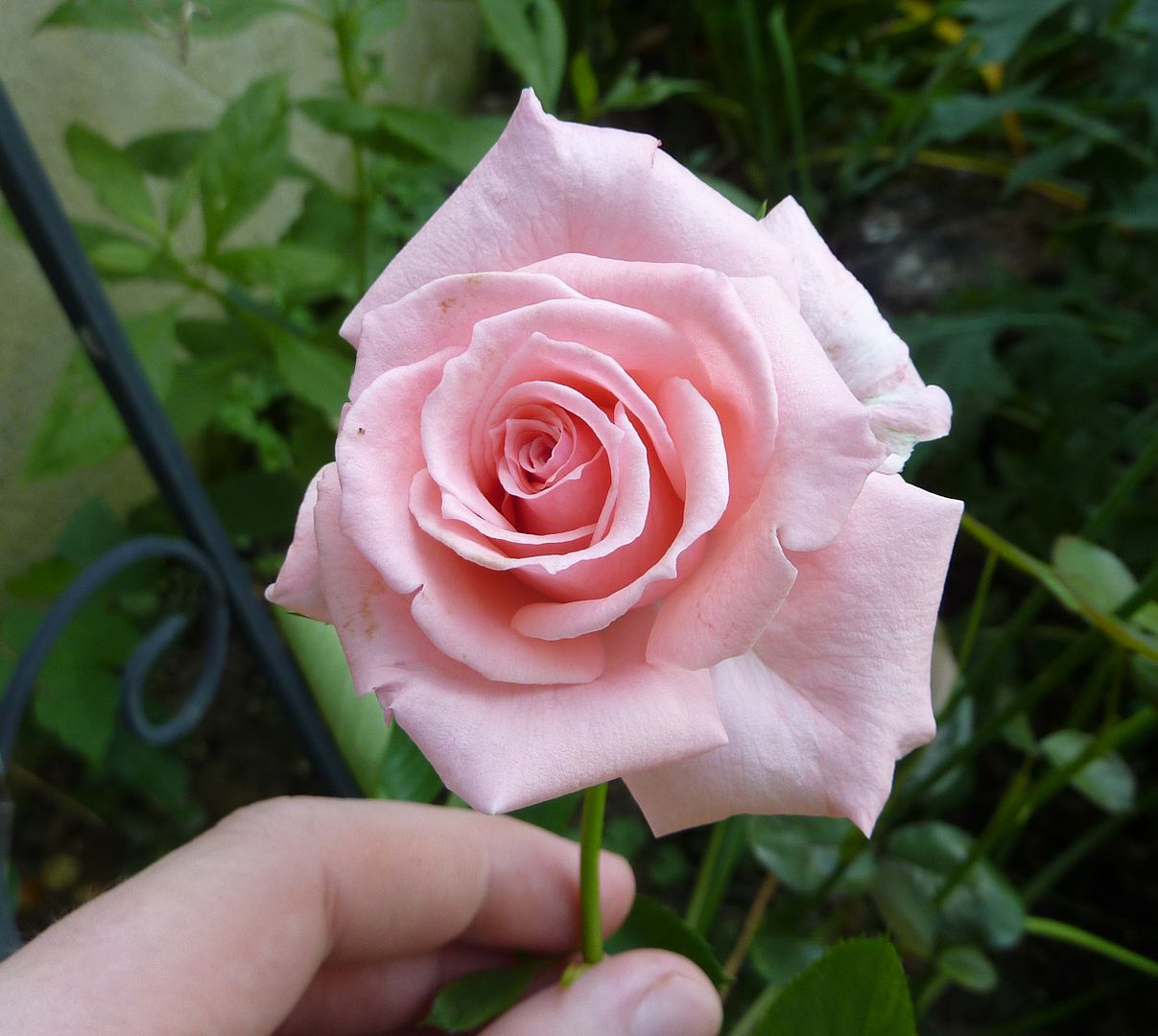 |
| I planted a few roses this year. This one is named after my favorite author, Agatha Christie. It's a climbing variety of a more common one I forget the name of. Not sure how Rose Identifying works. |
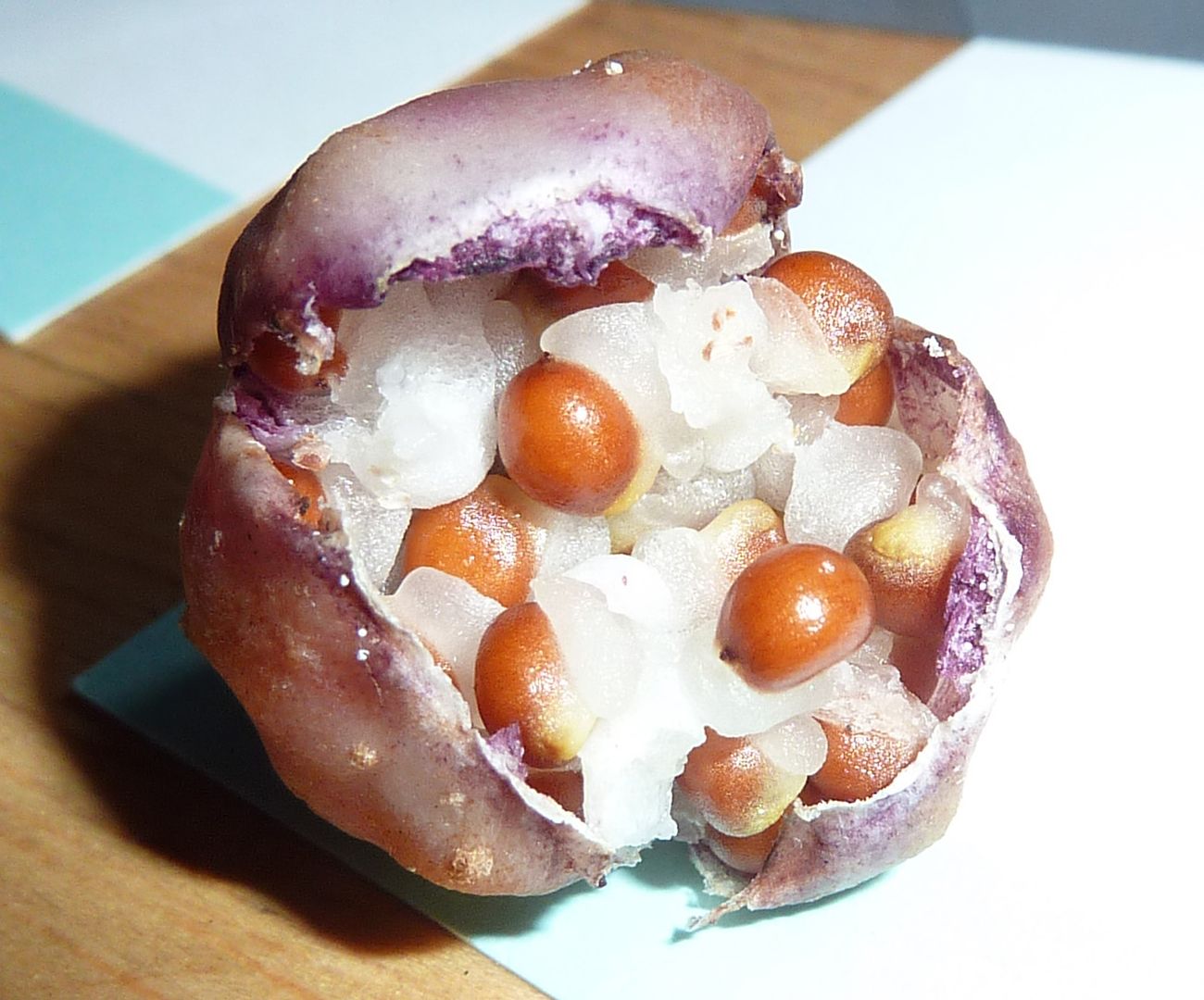 |
| Seeds of Trillium cuneatum. Note the packets of elaiosome on each one. These lipid rich bodies have more in common with insect tissue than plant tissue and ants find it irresistible. See my video on Myrmecochory for more. Supposedly in some species it can cause more of the brood to develop into alate queens instead of workers. In some species though they have the opposite effect. |
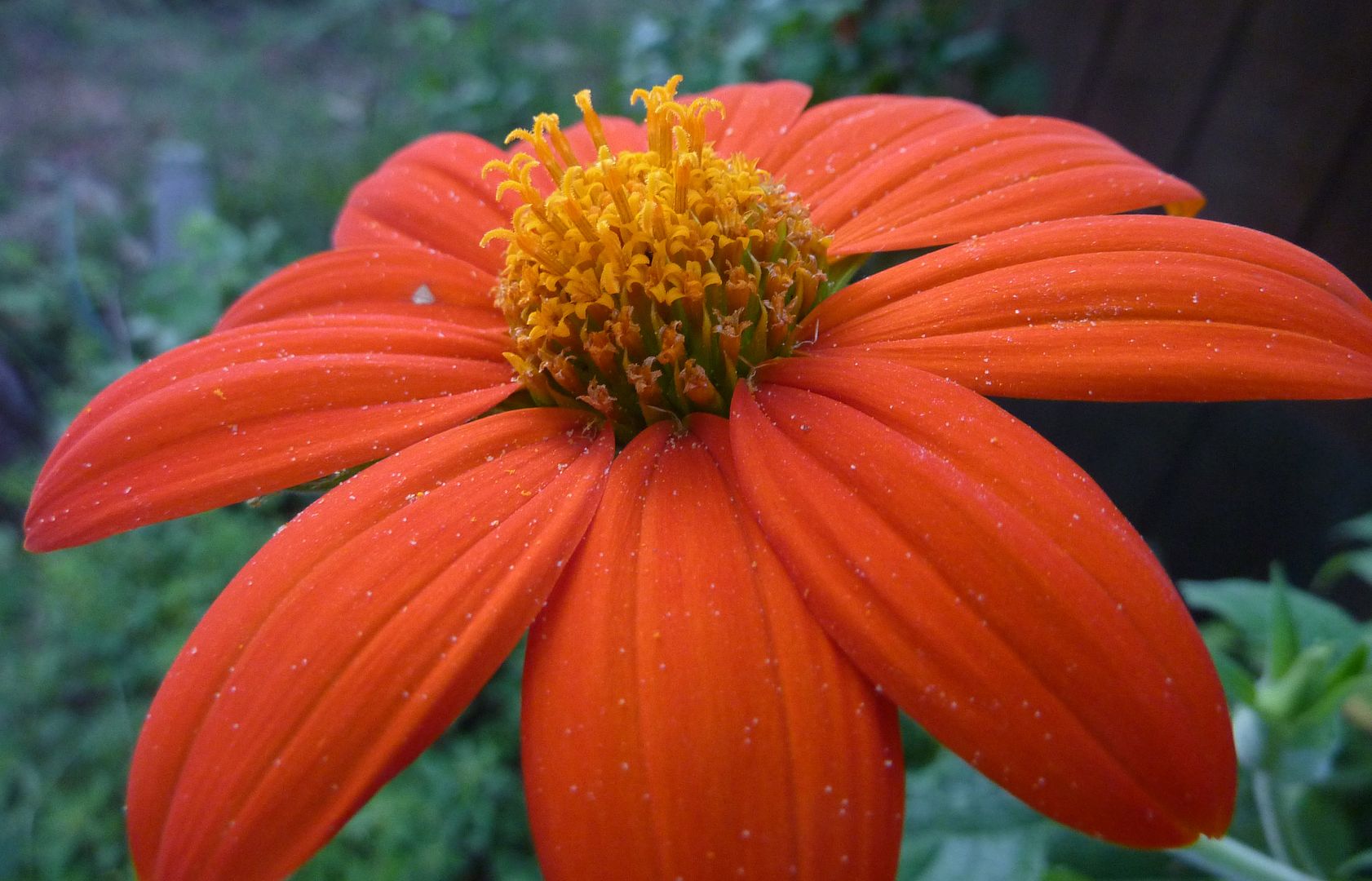 |
| A Mexican Sunflower. |
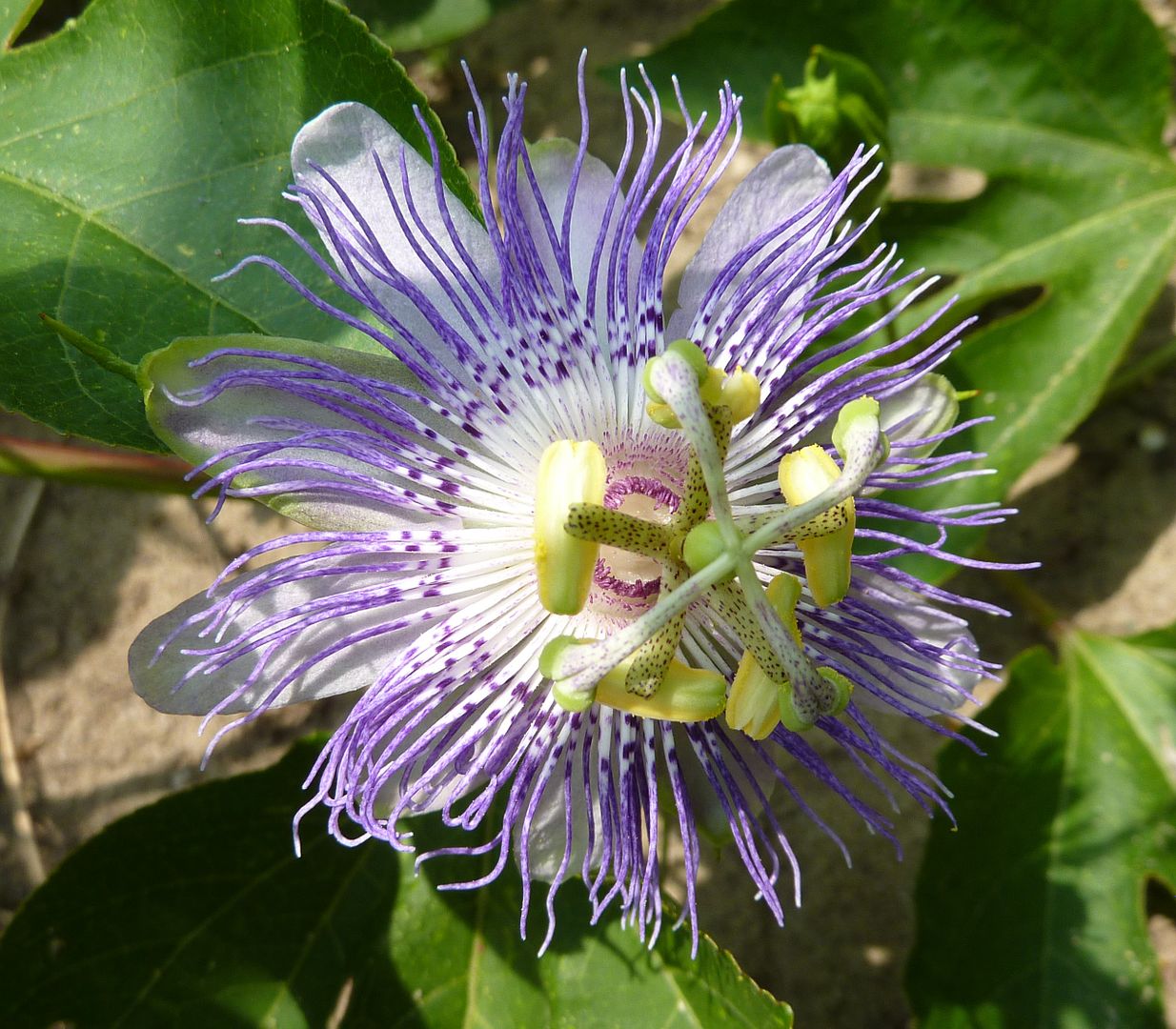 |
| Native Passionflower, Passiflora incarnata. |
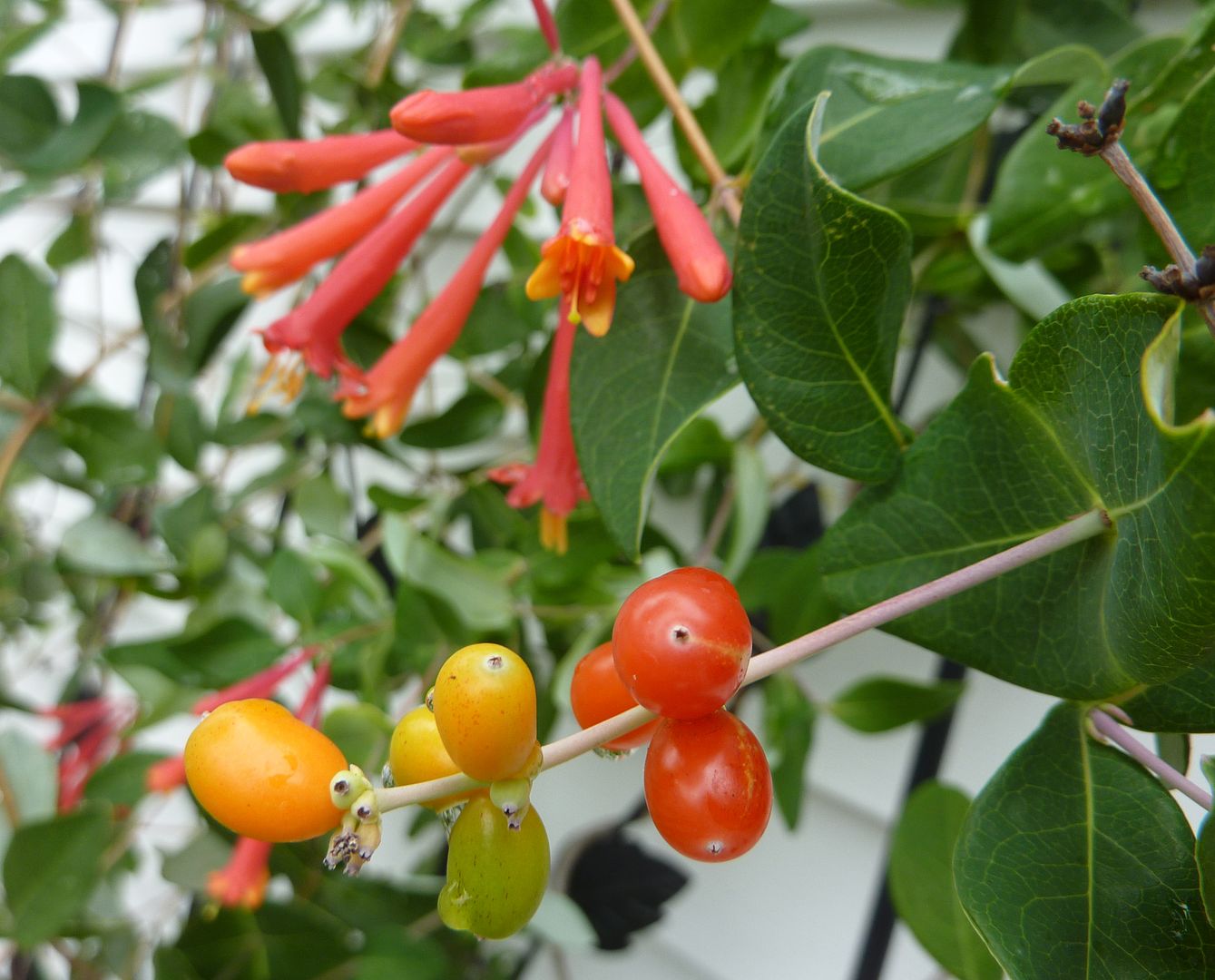 |
| Coral Honeysuckle in bloom and berry. |
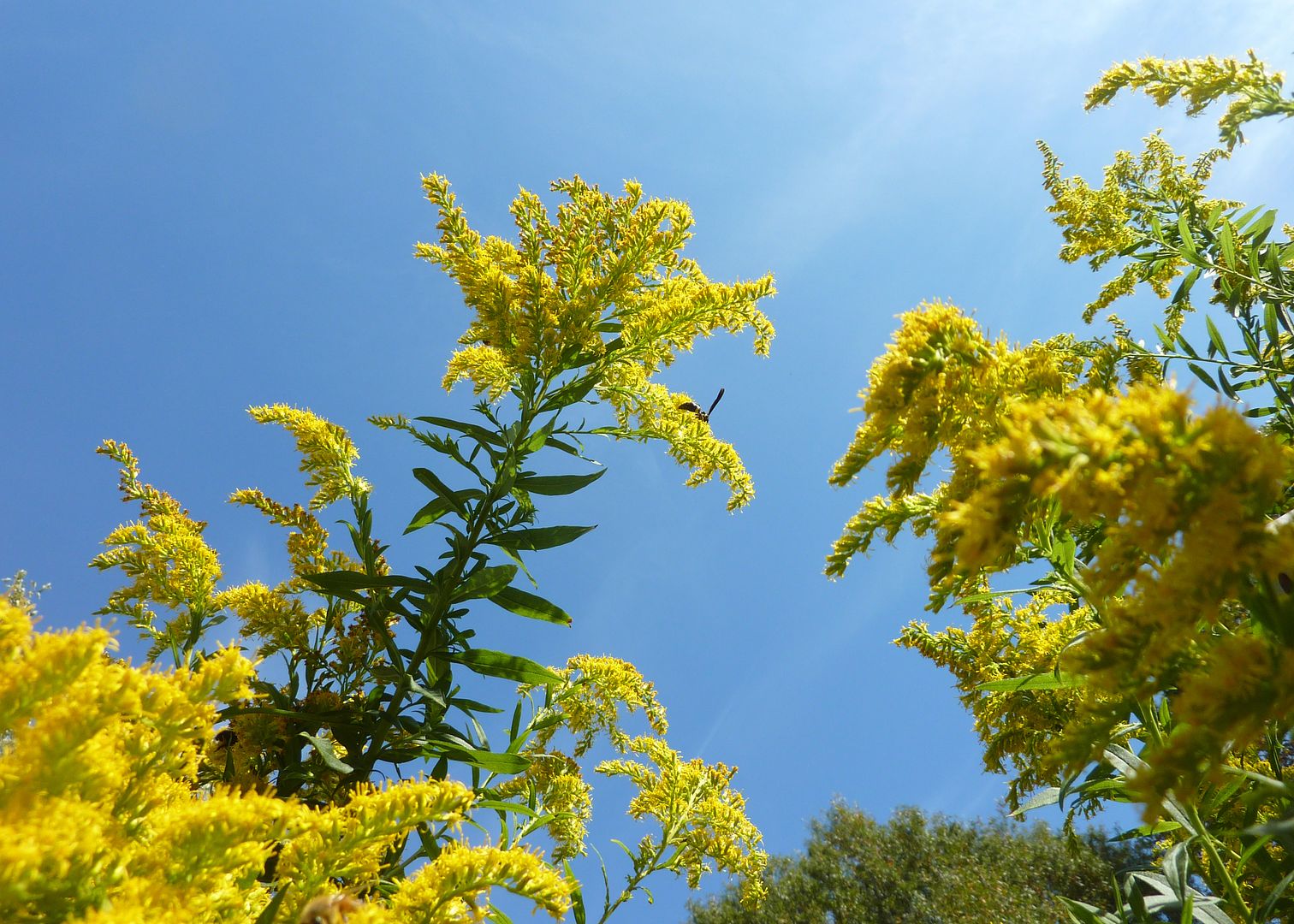 |
| The towering Tall Goldenrod in flower, Solidago altissima. See my video here. |
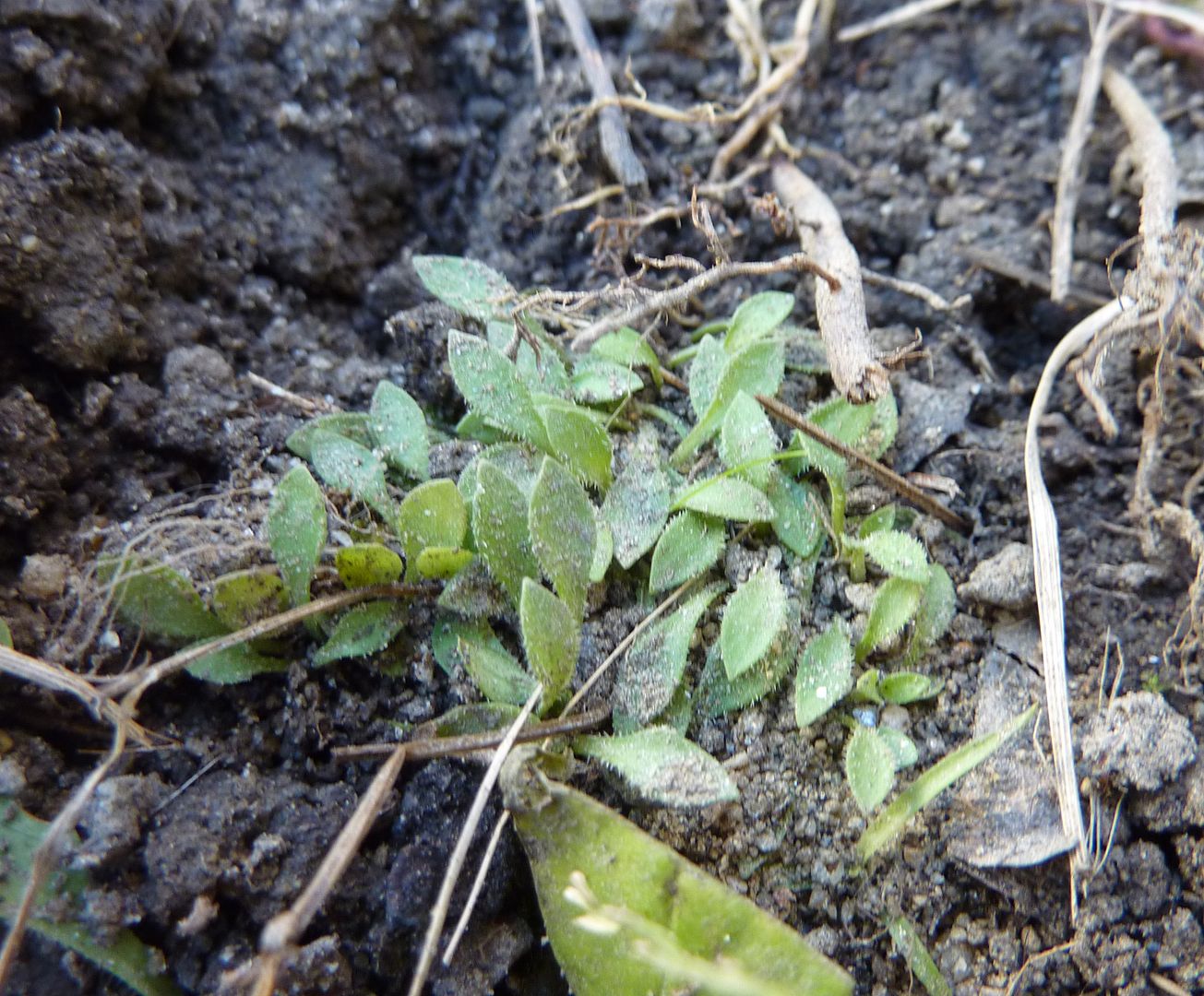 |
| Bluets! aka Quaker Ladies! I'm looking forward to these hopefully flower next spring the most. |
 |
| Despite the cold killing the top growth to many plants. New growth begins sooner than later. |
So until next year, Thank you for reading.
:)
:)
Subscribe to:
Posts (Atom)
